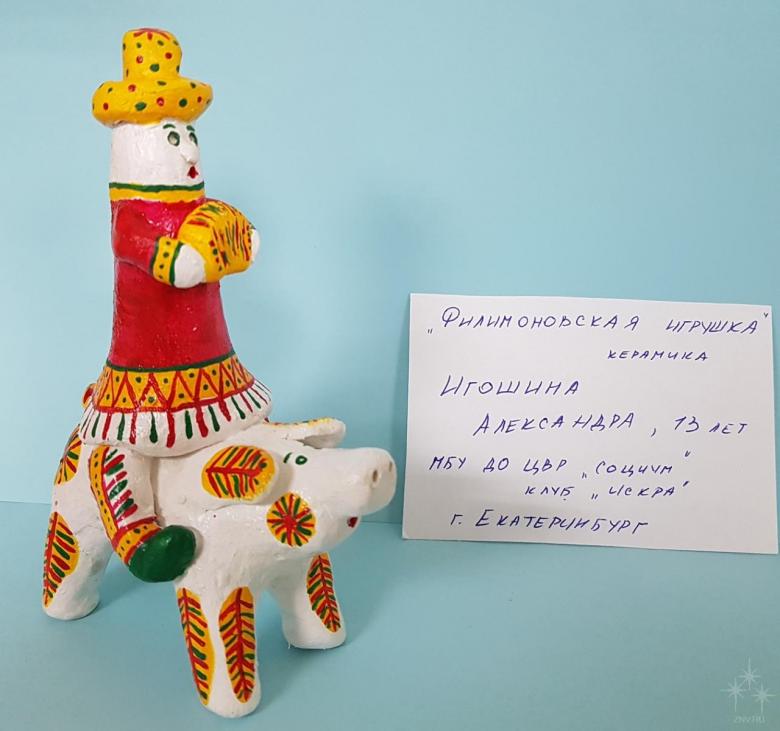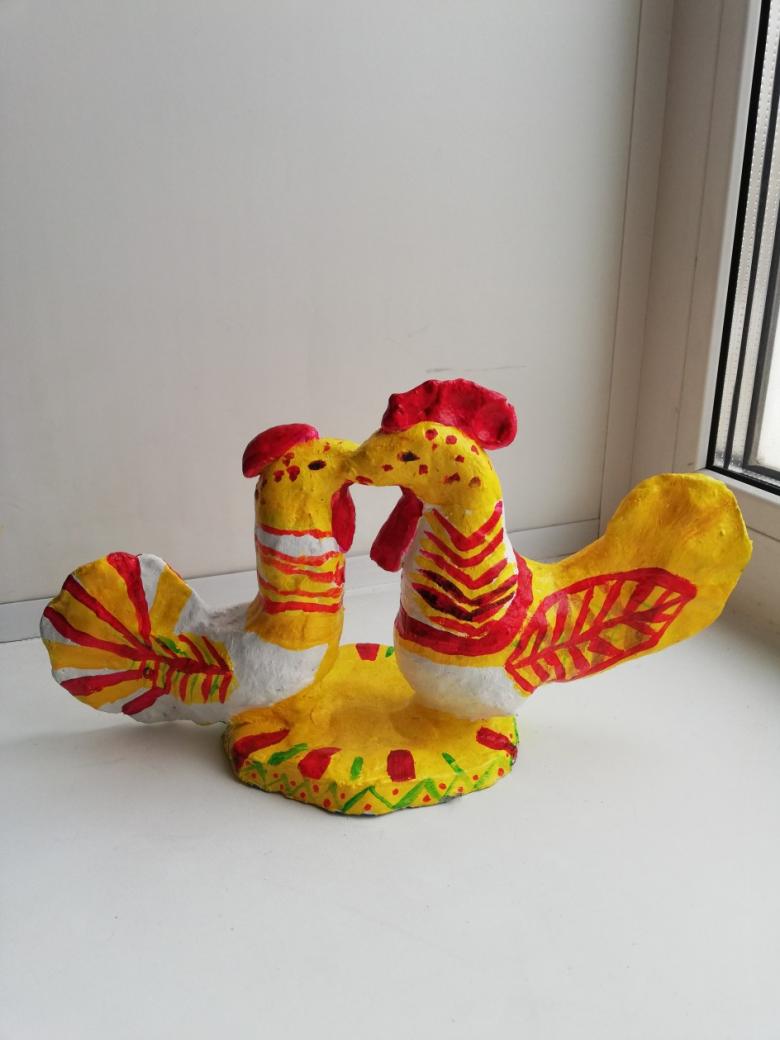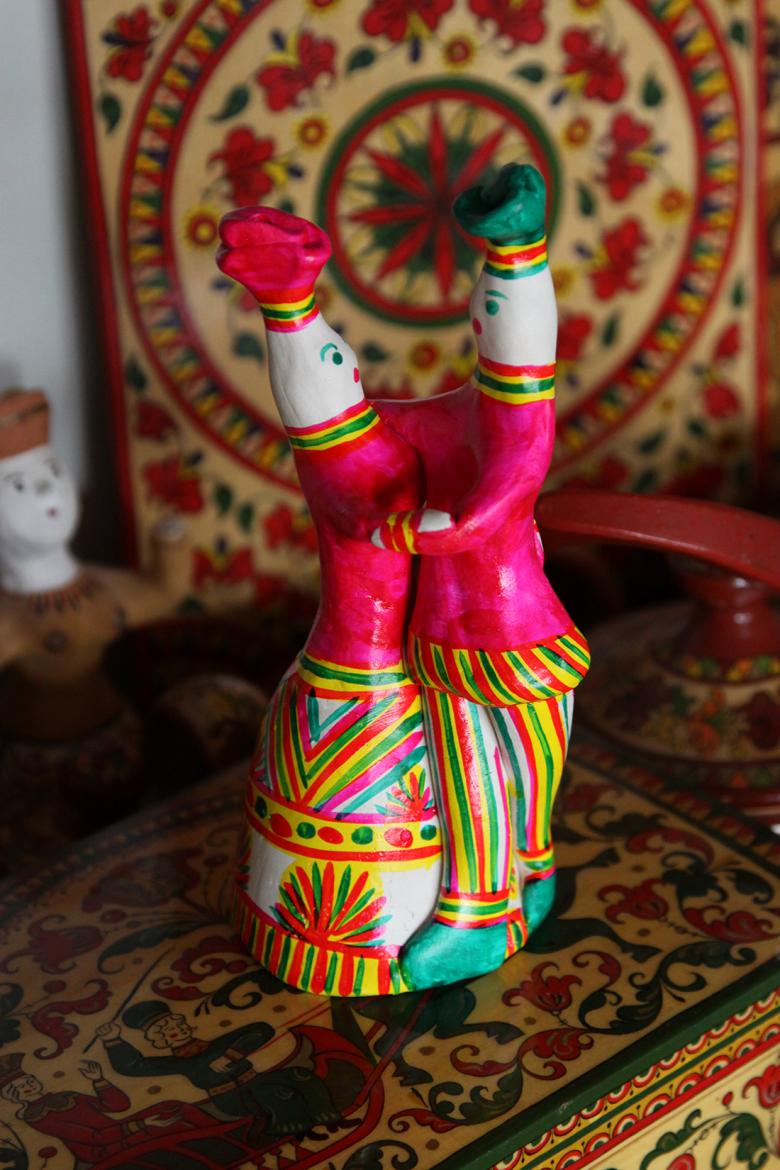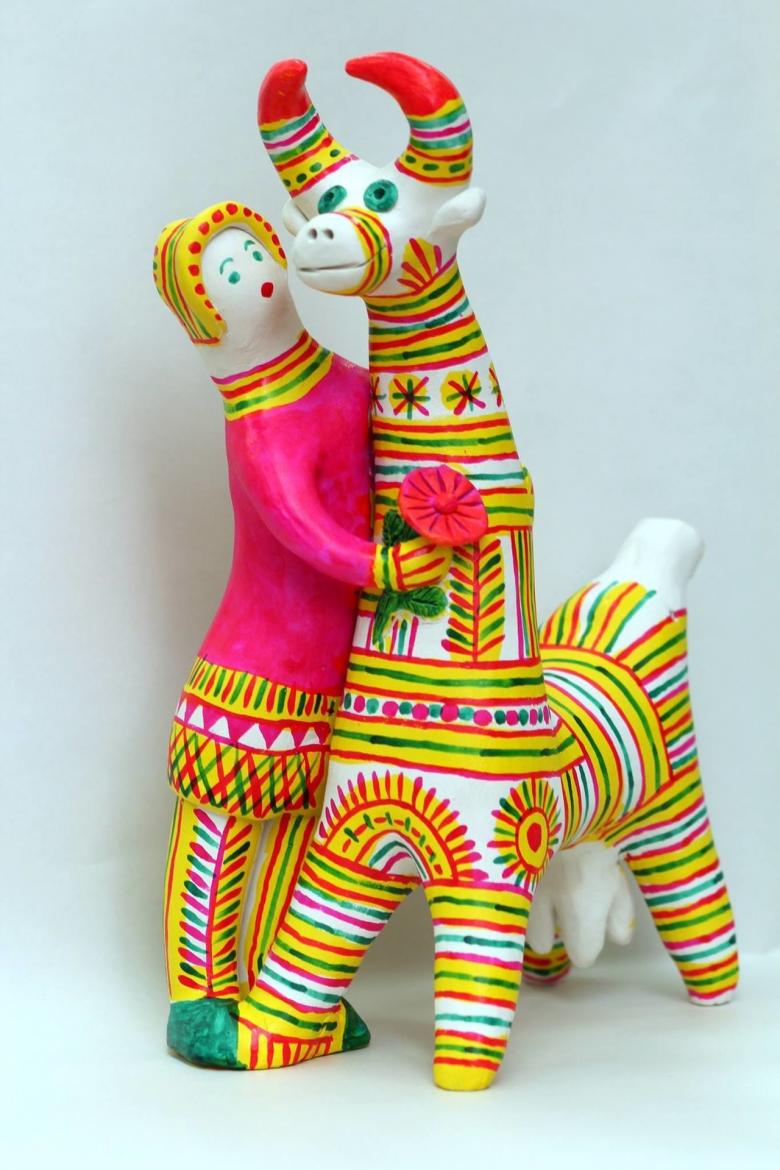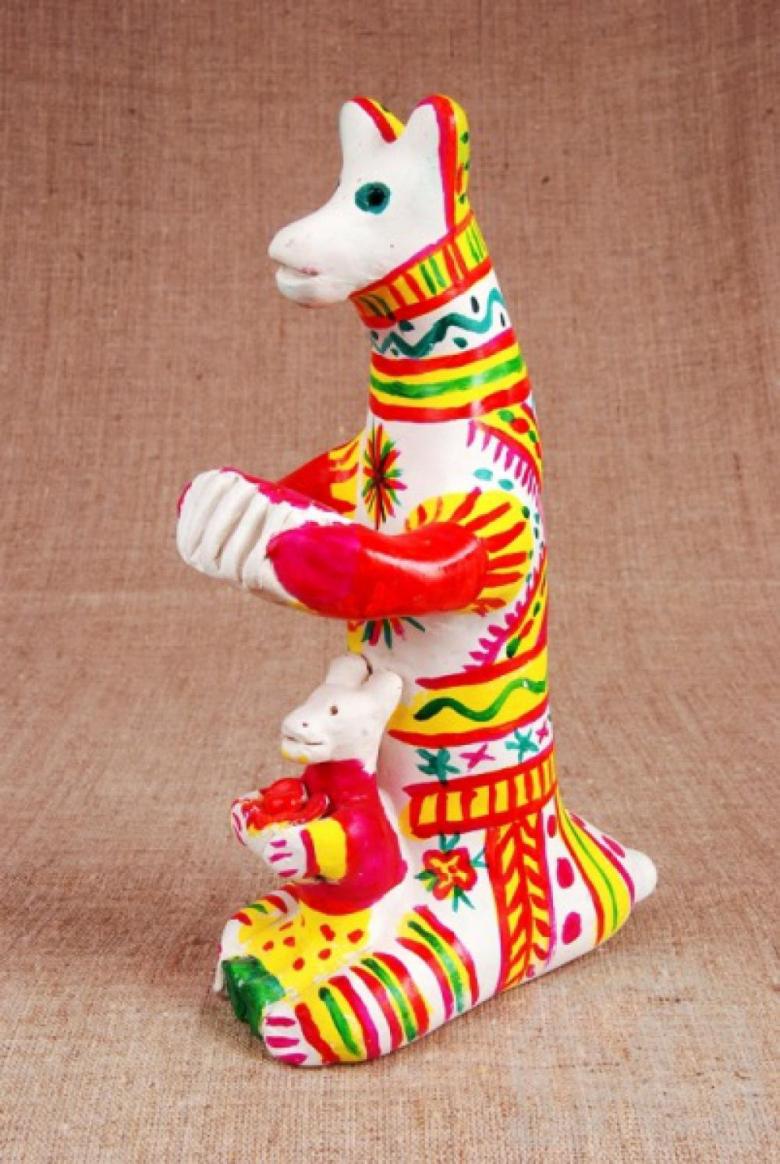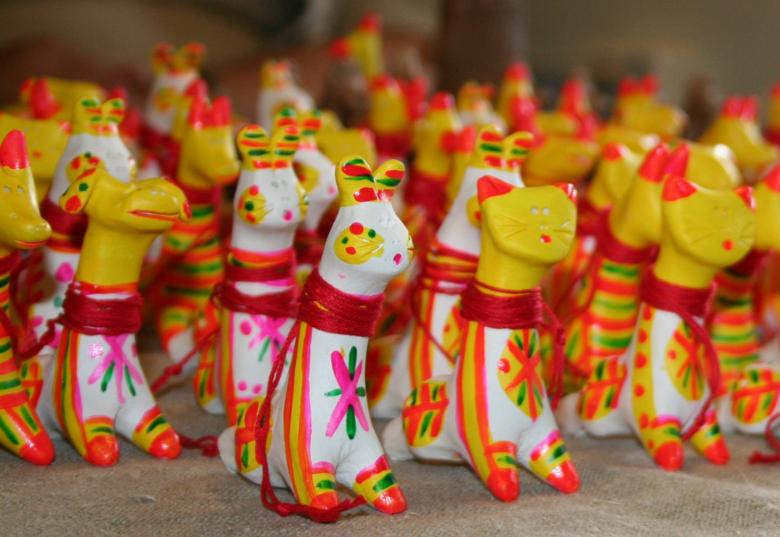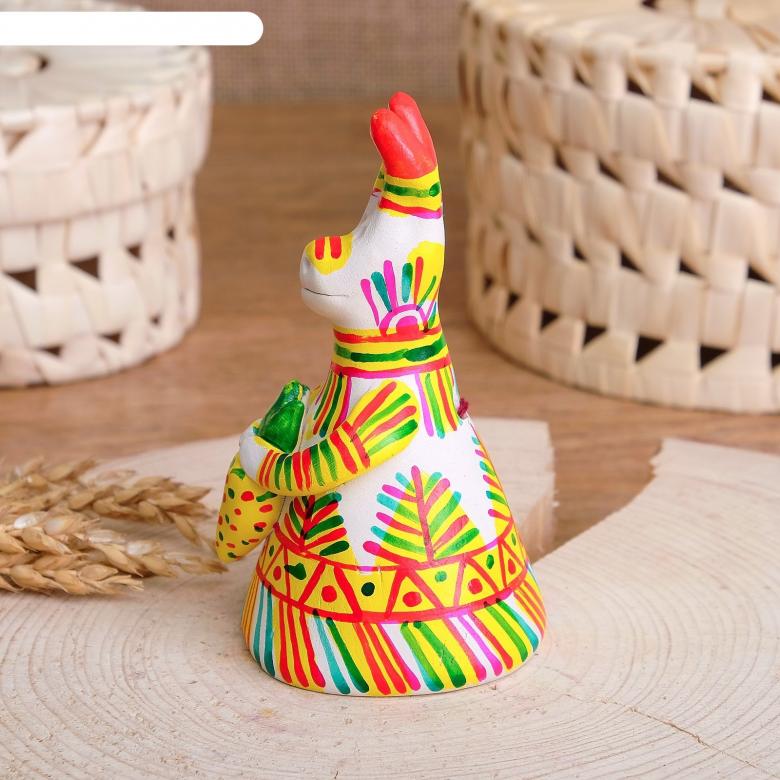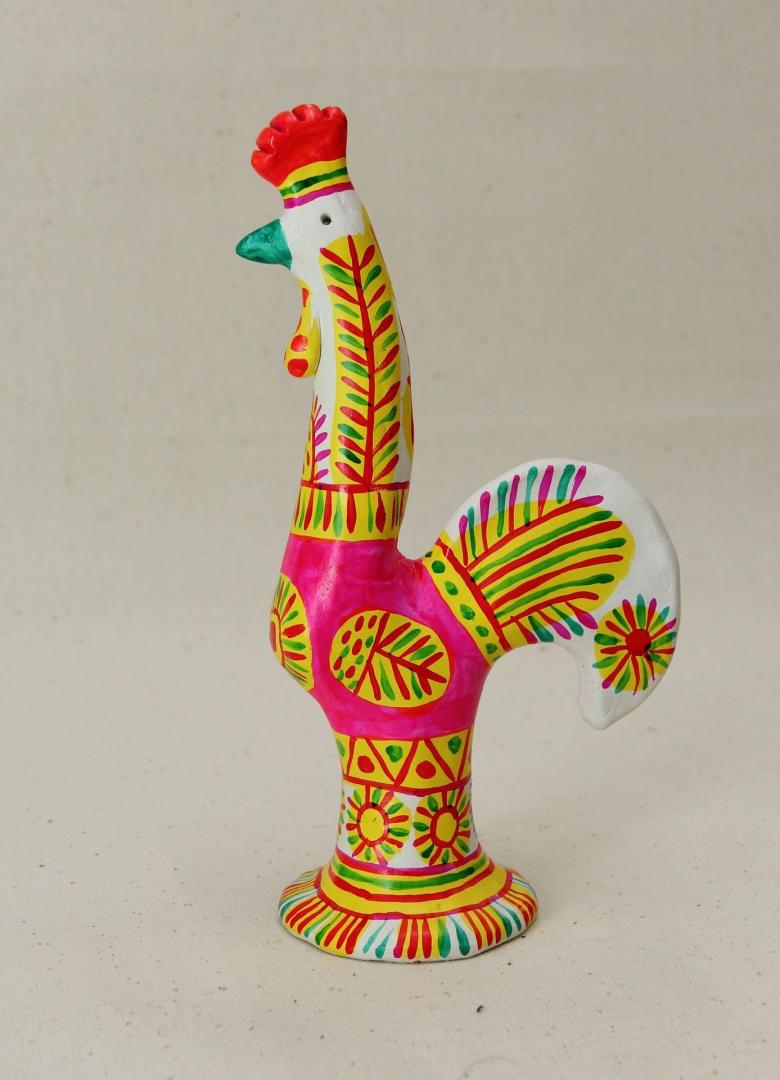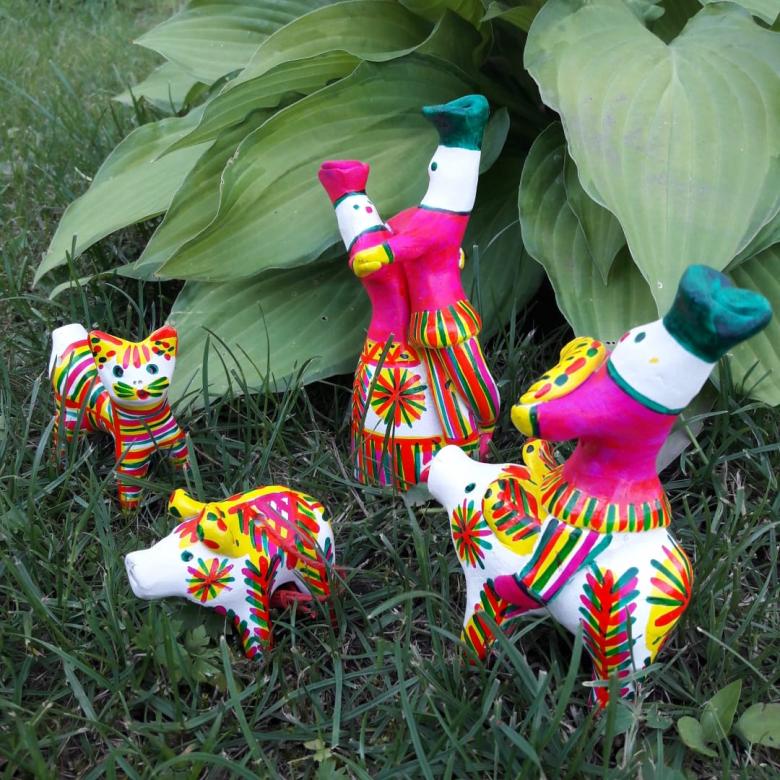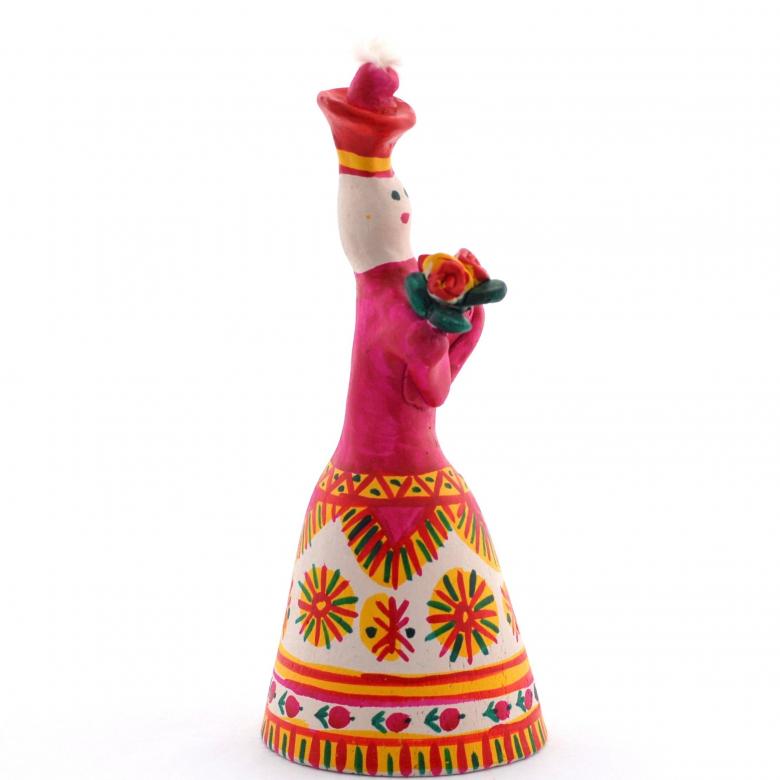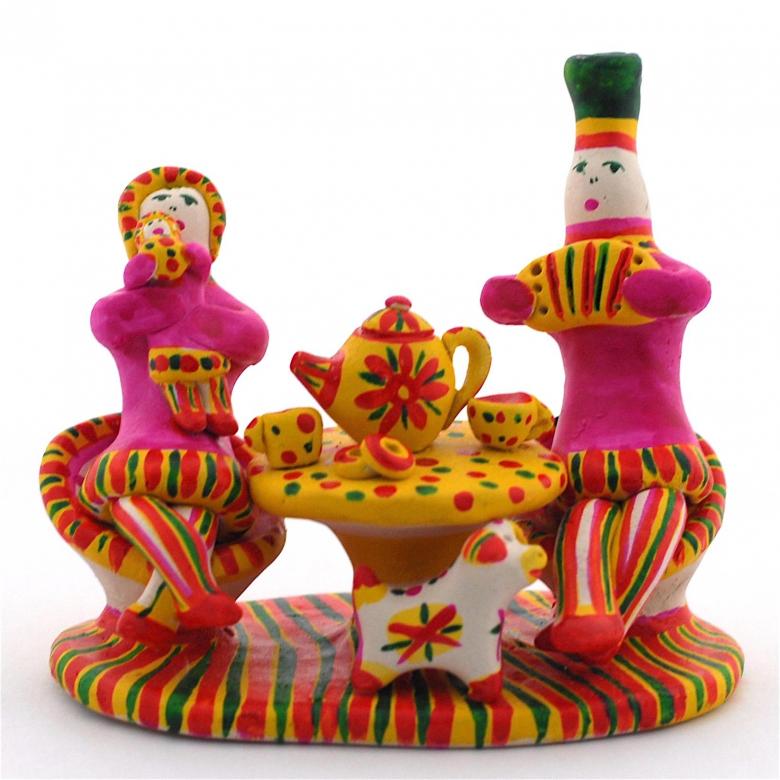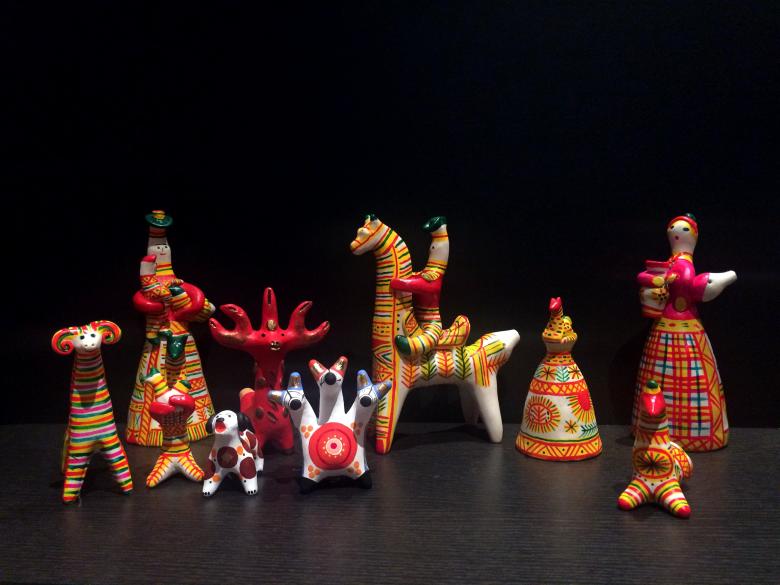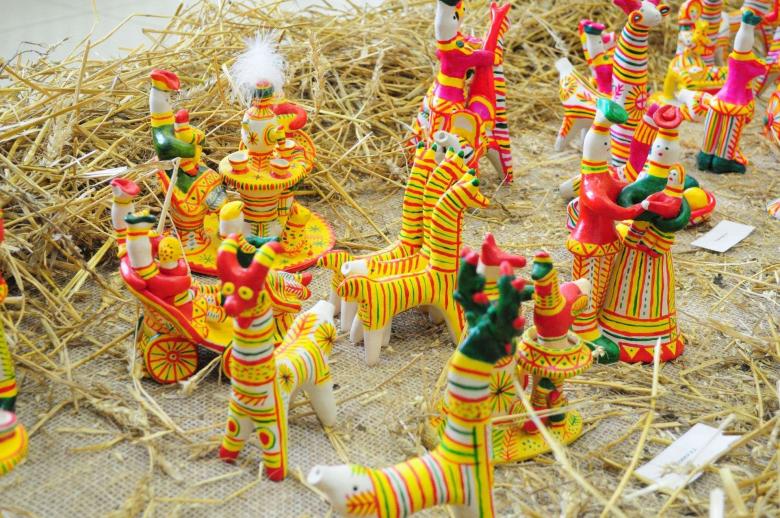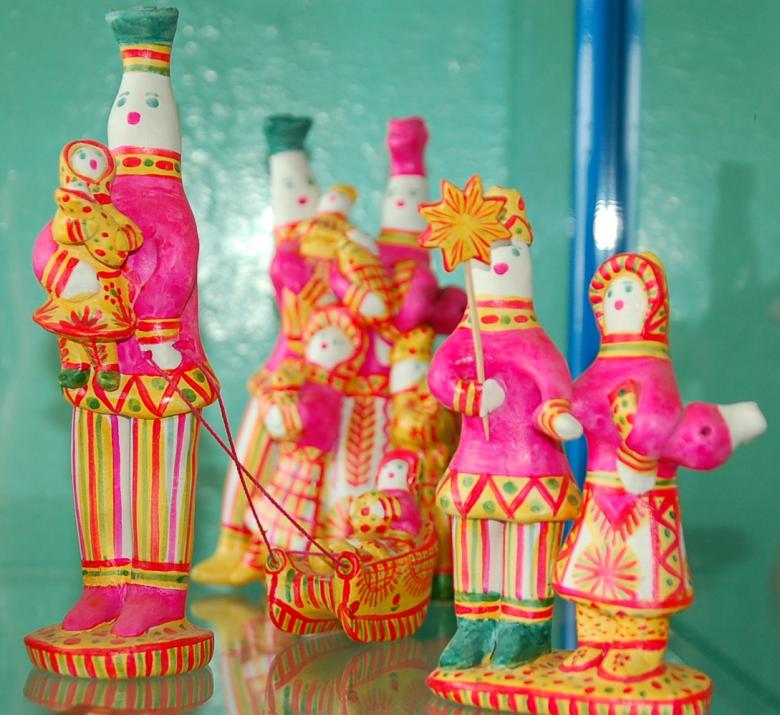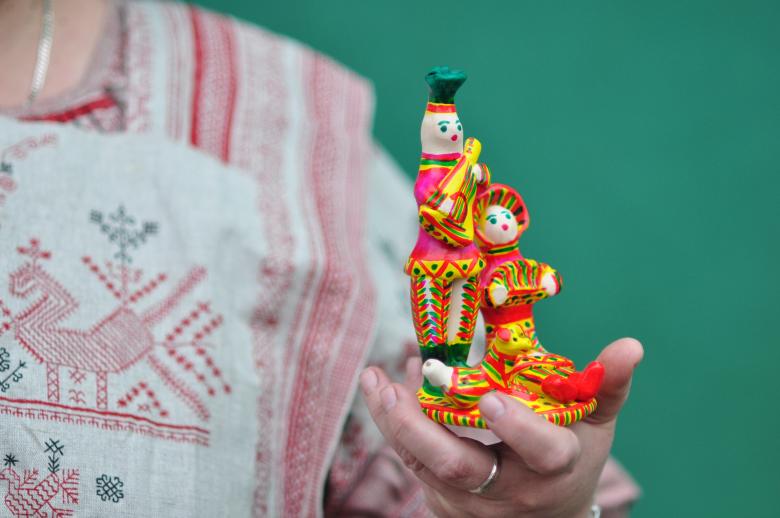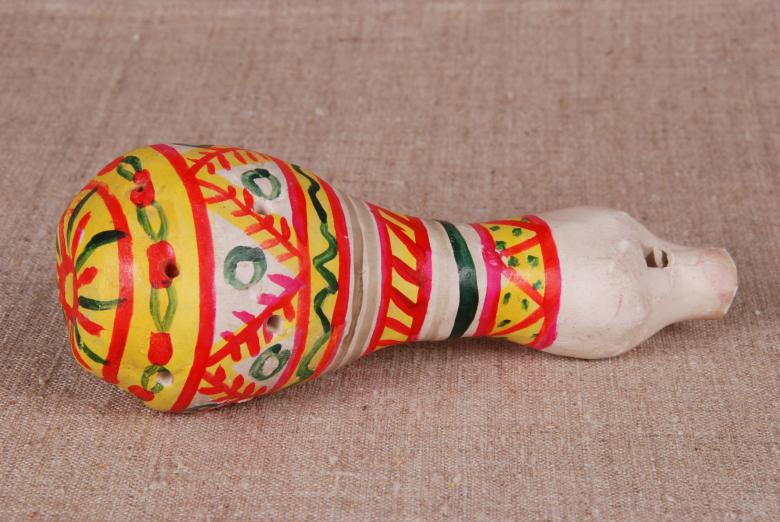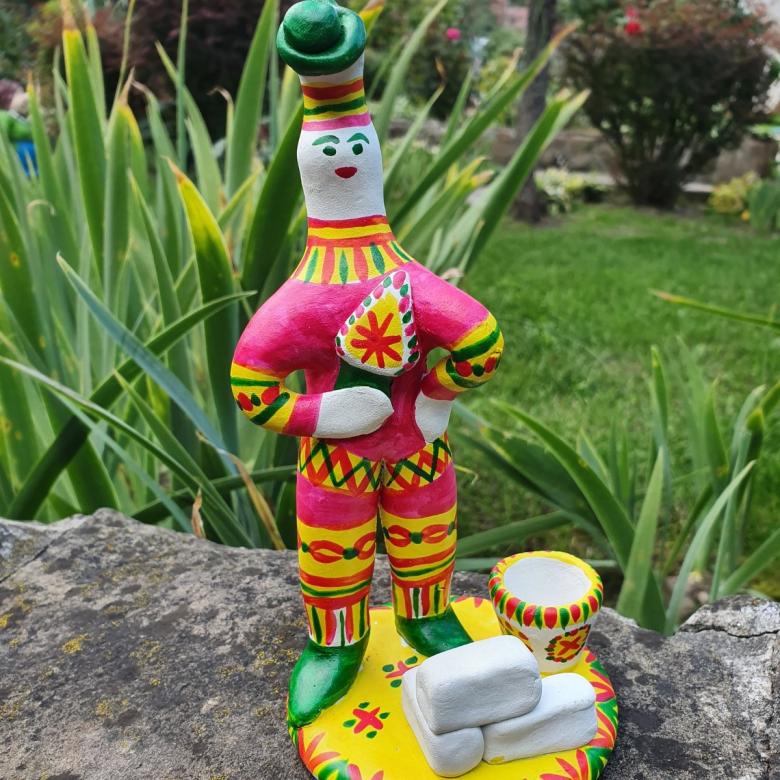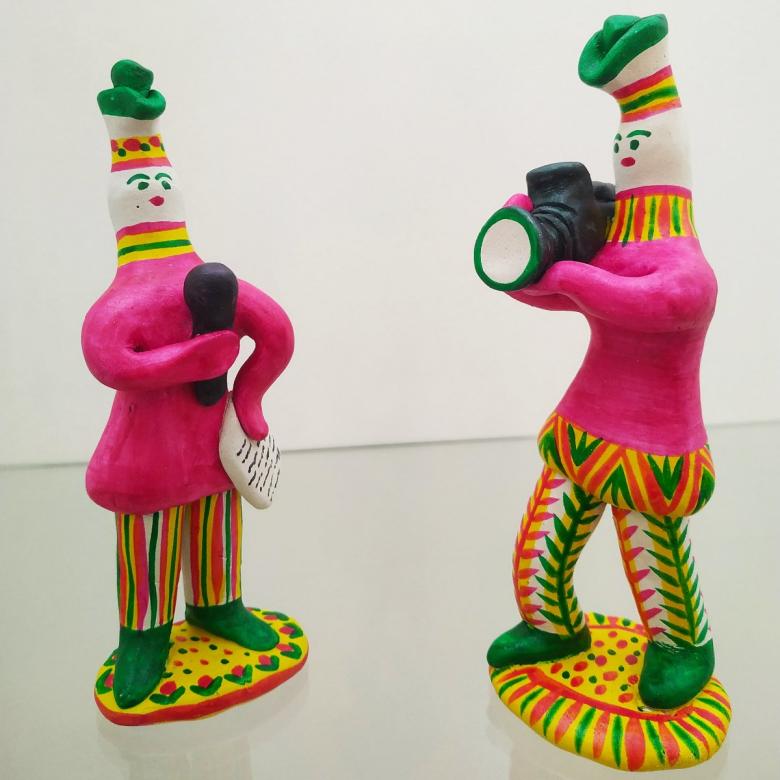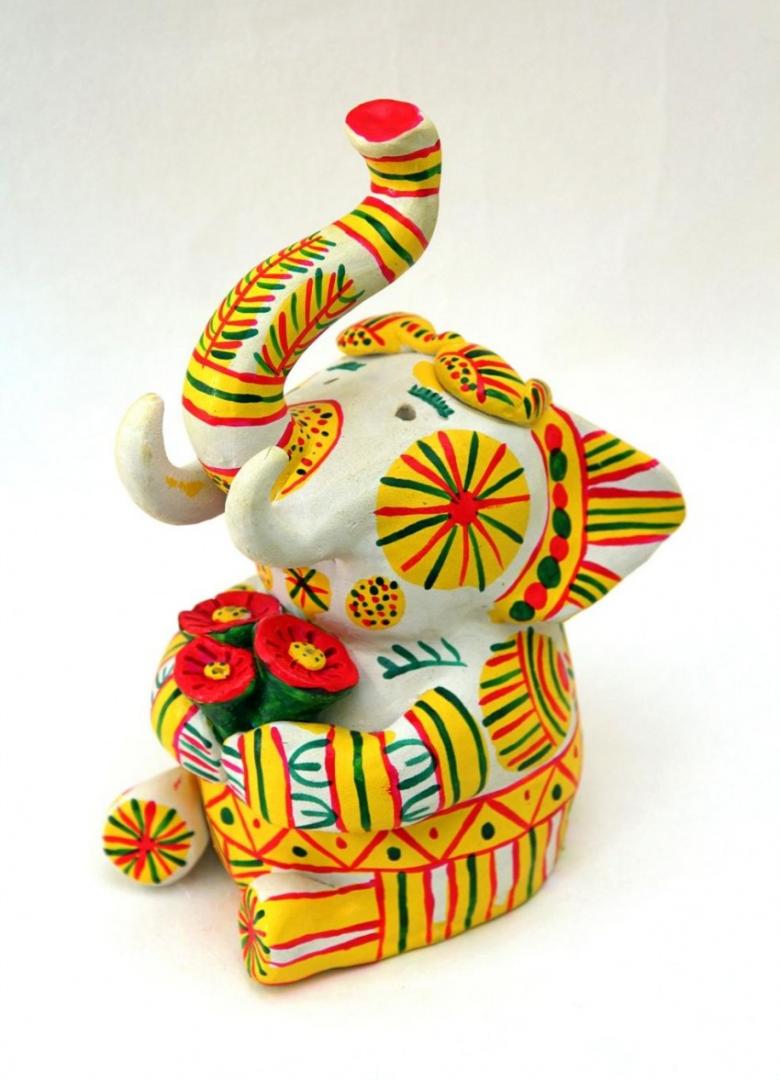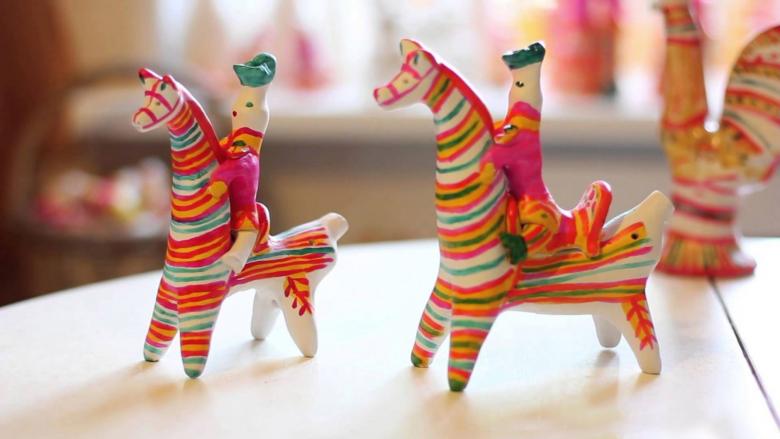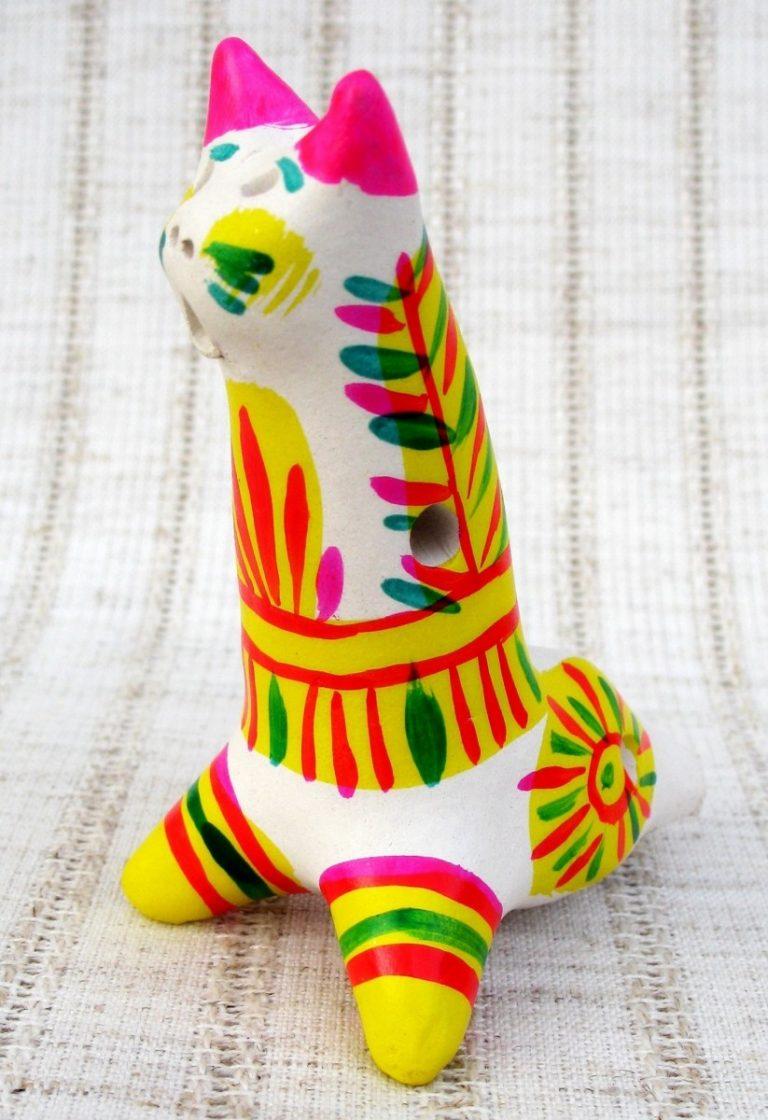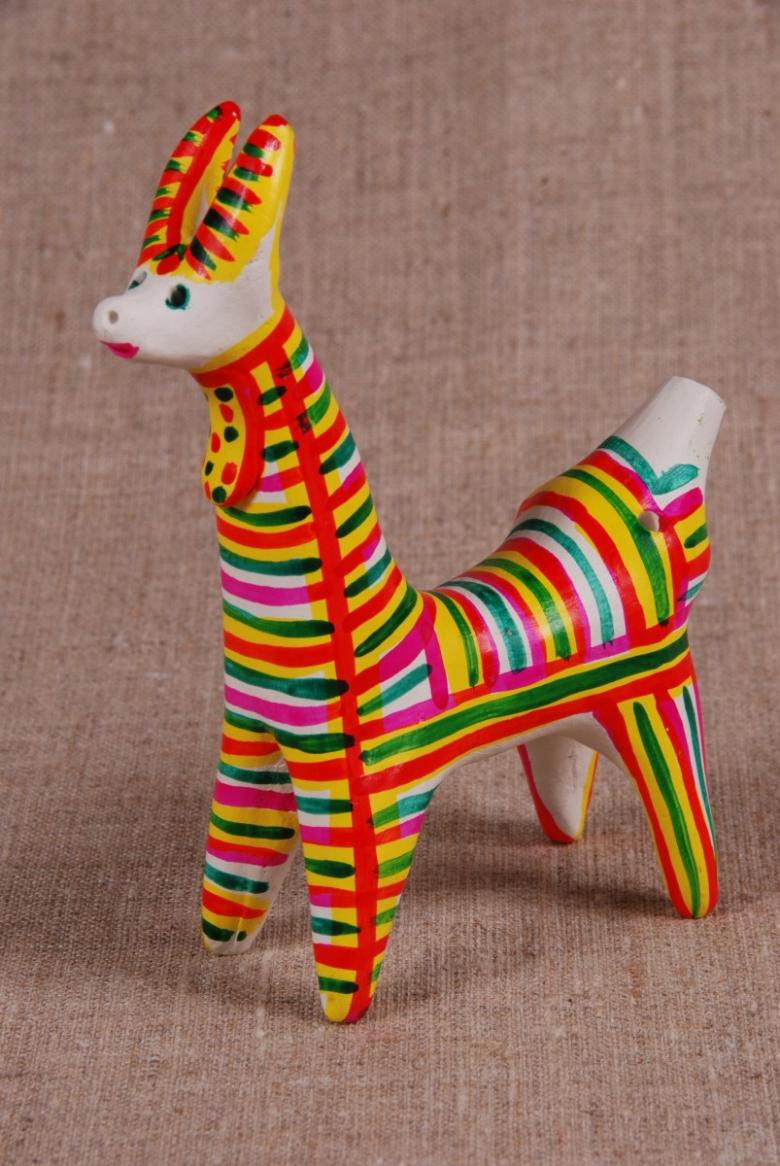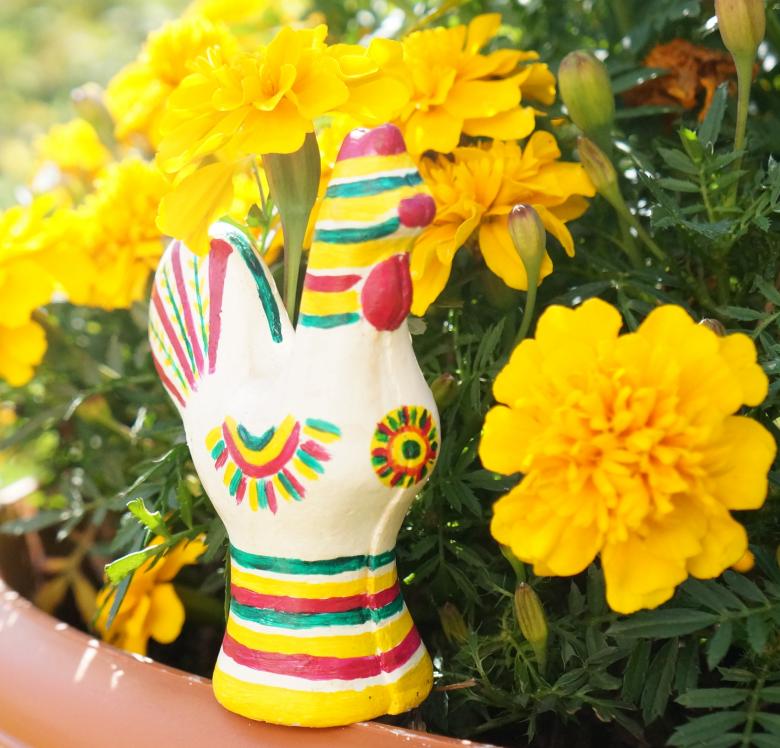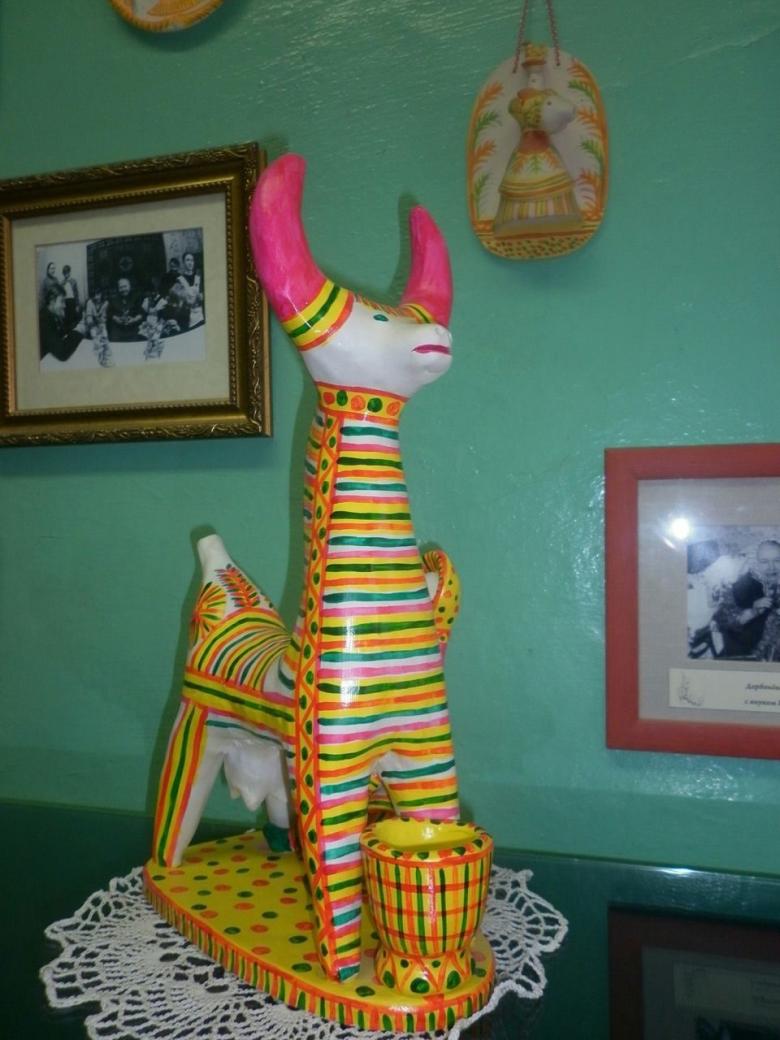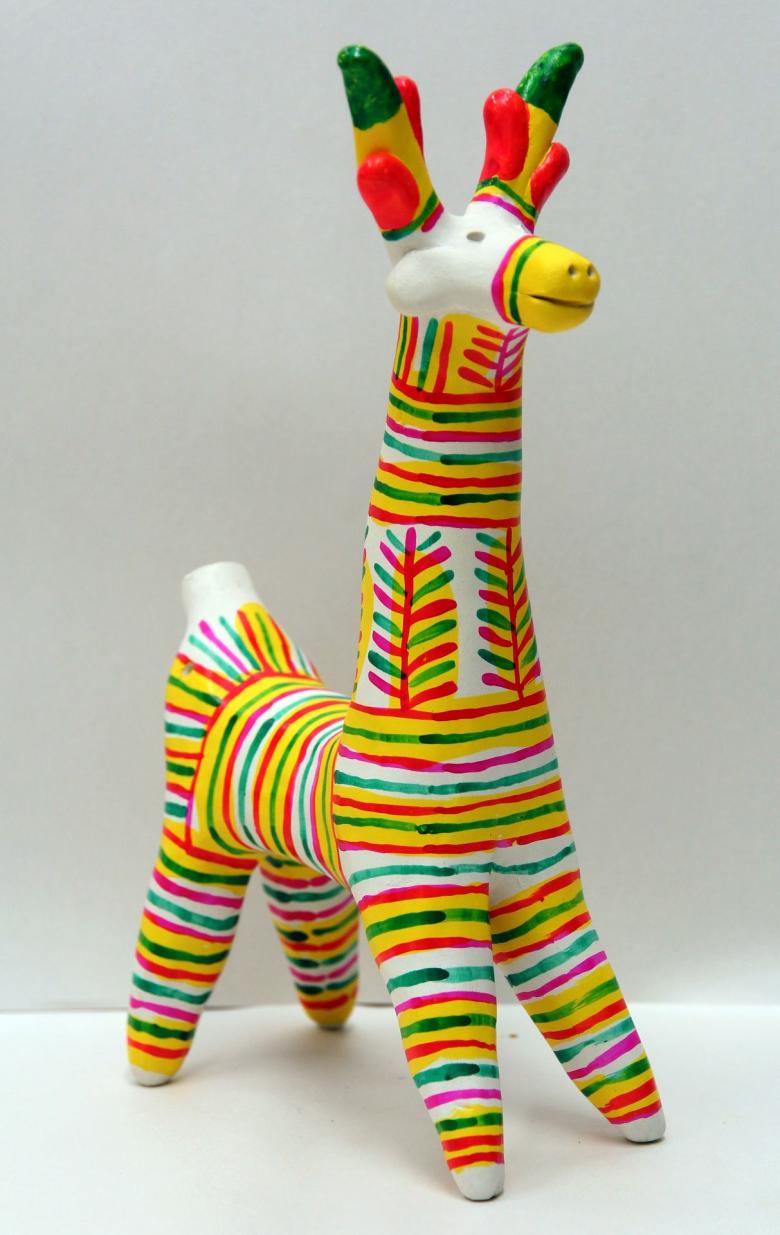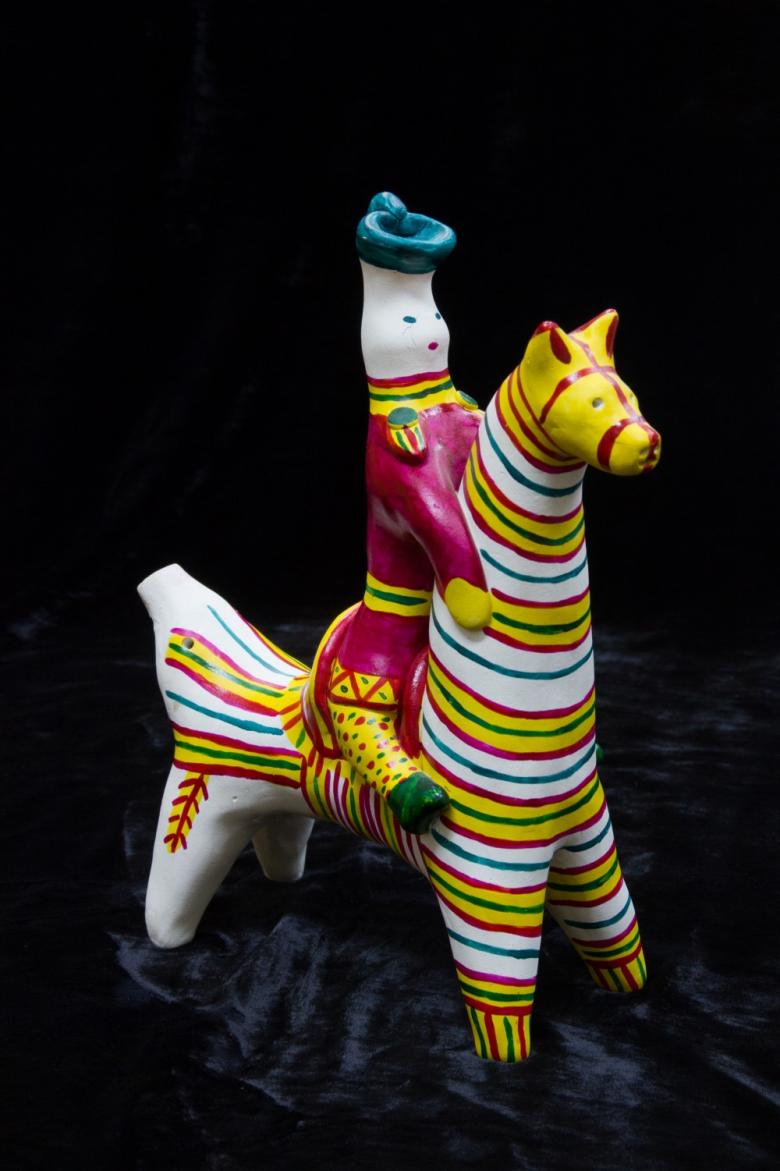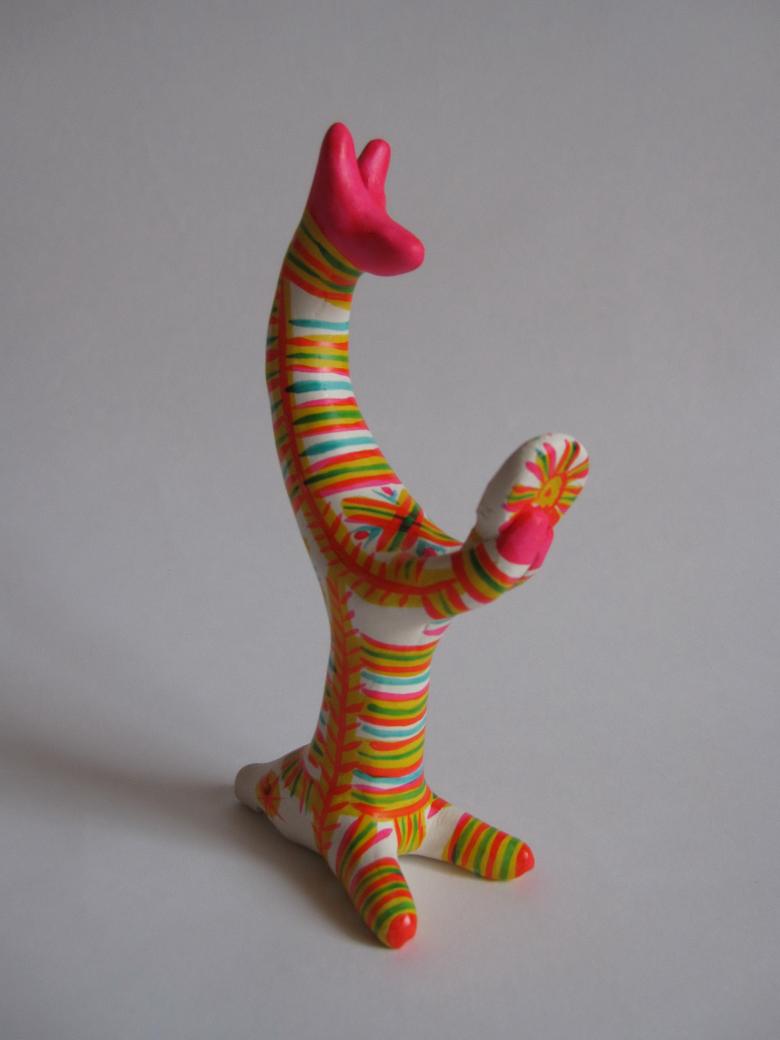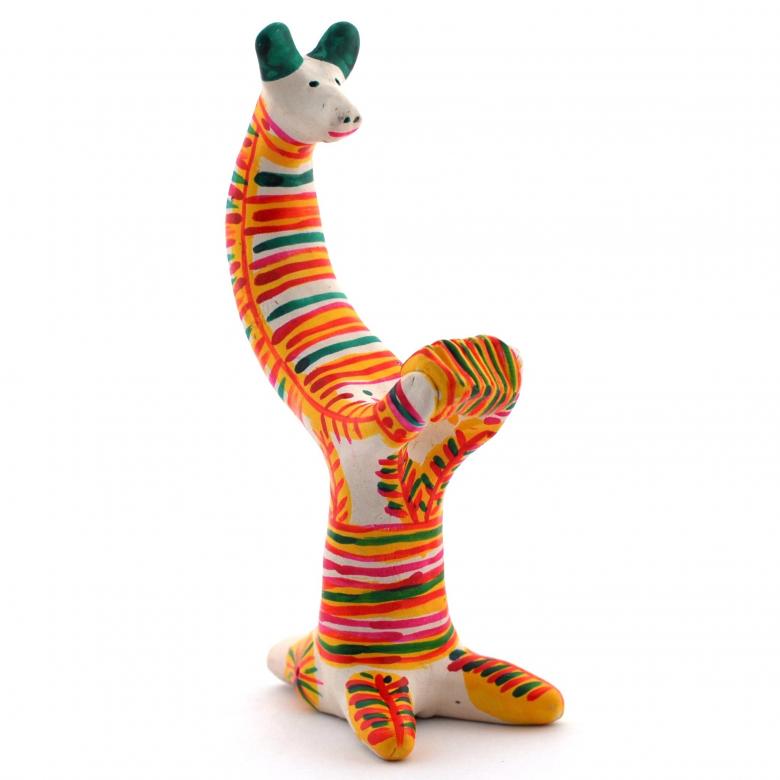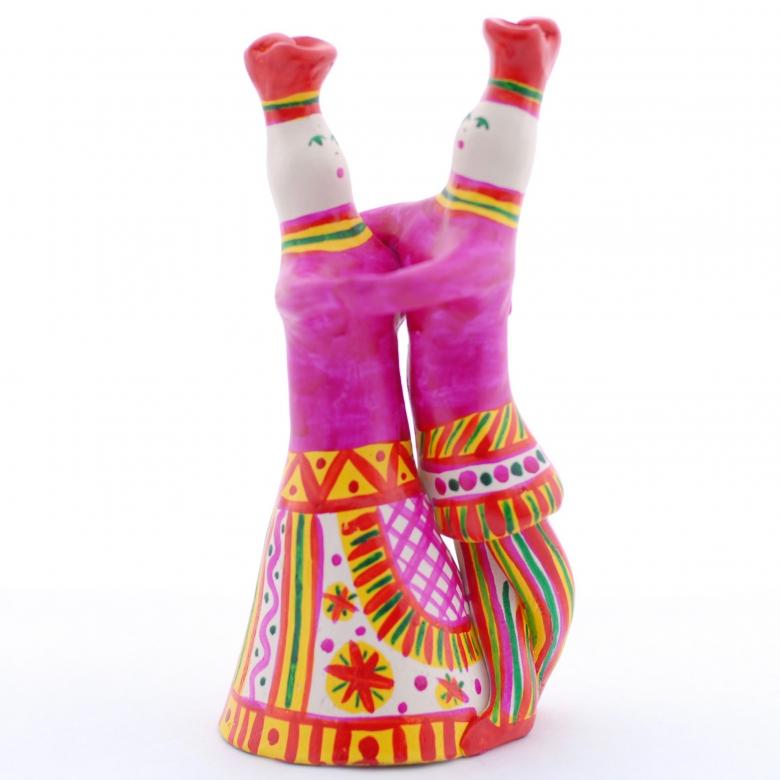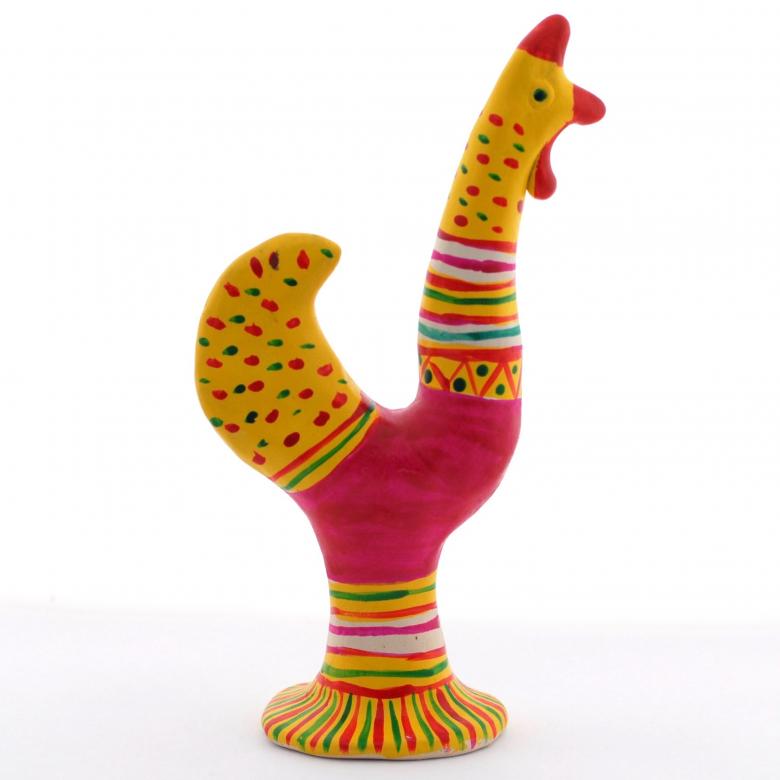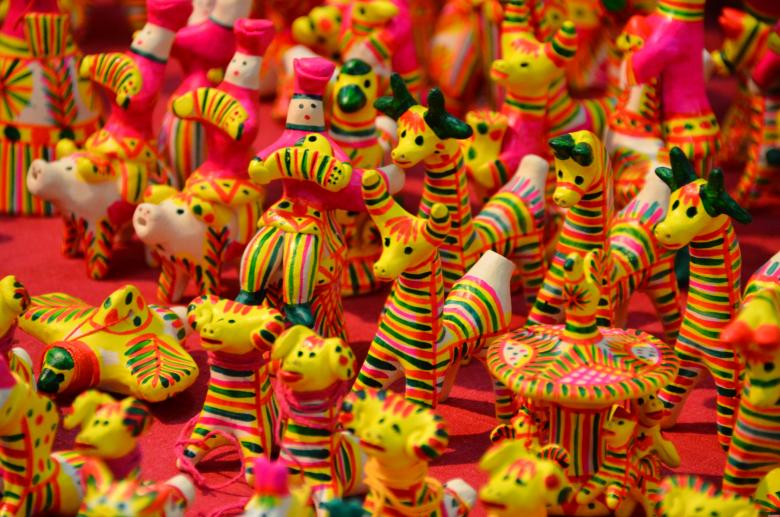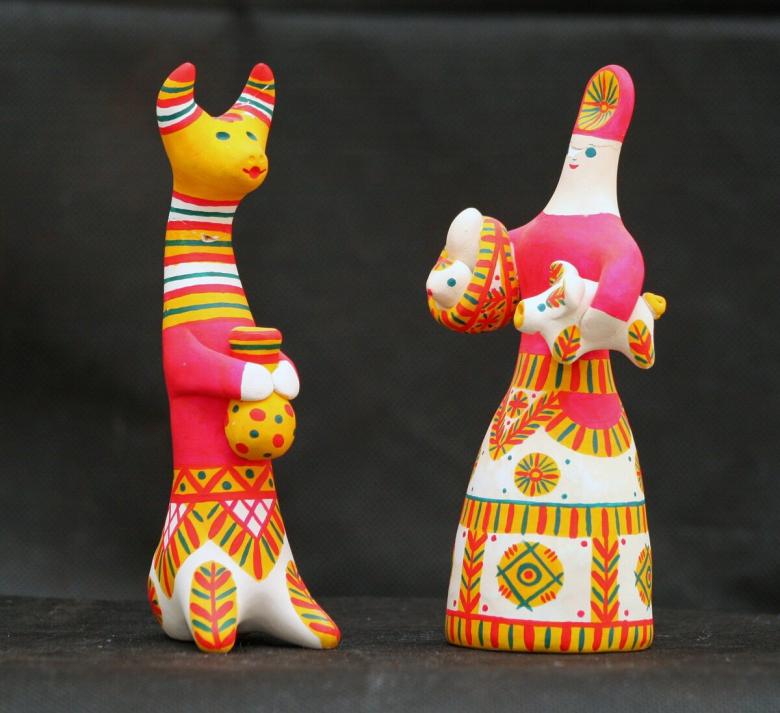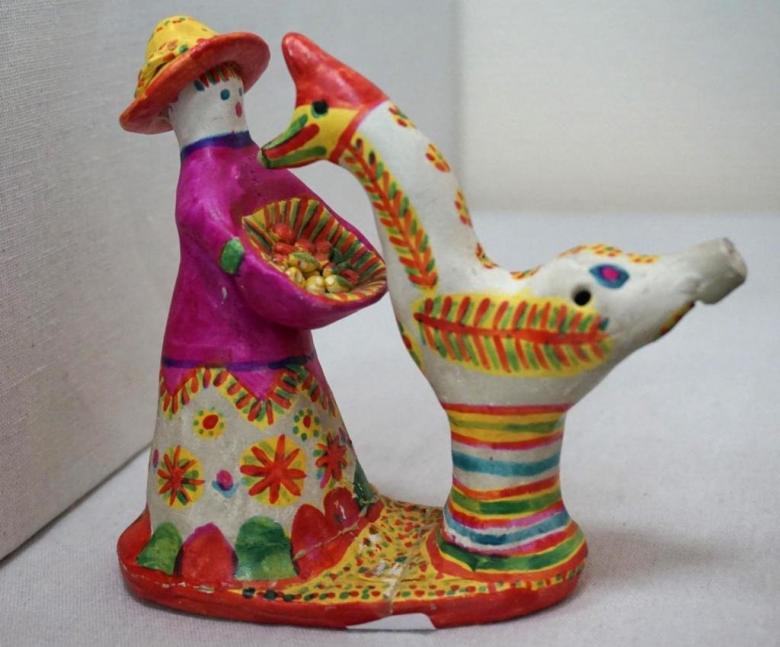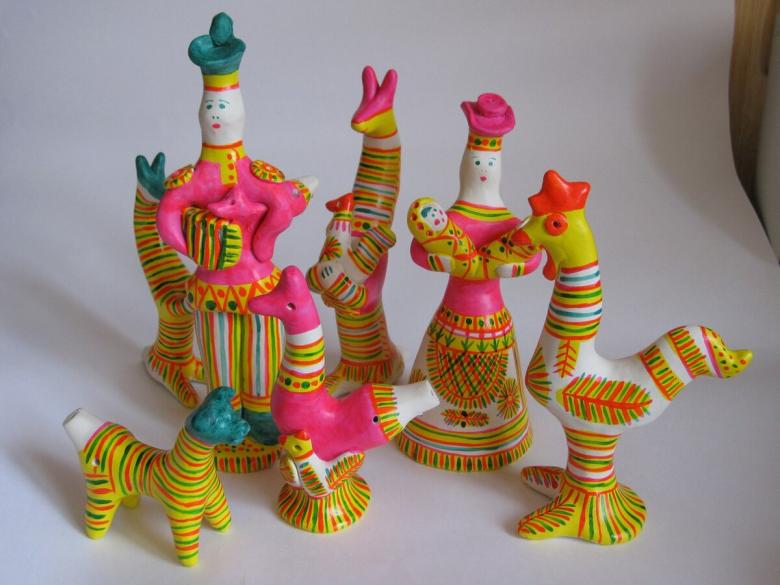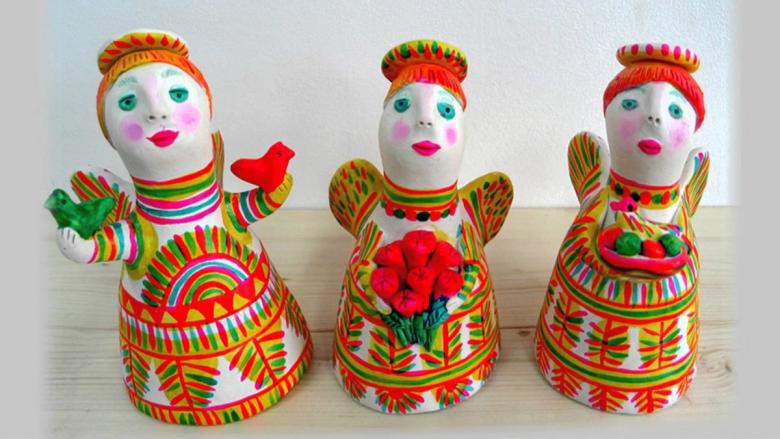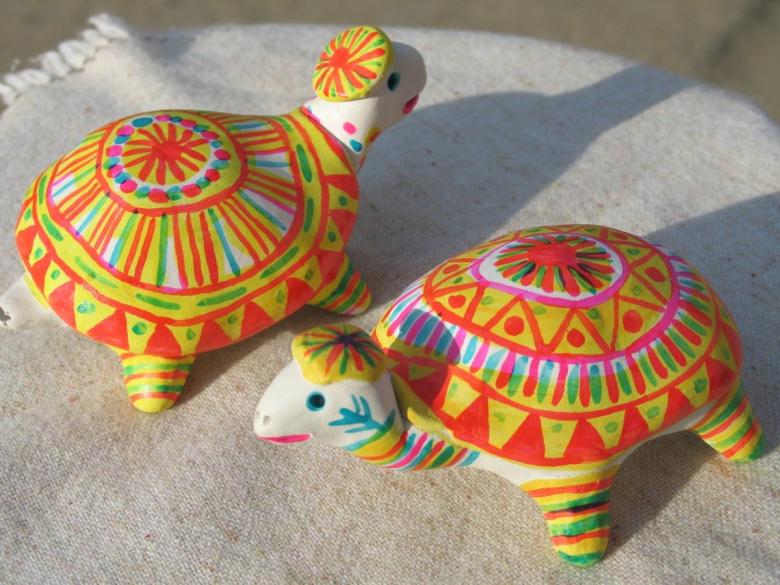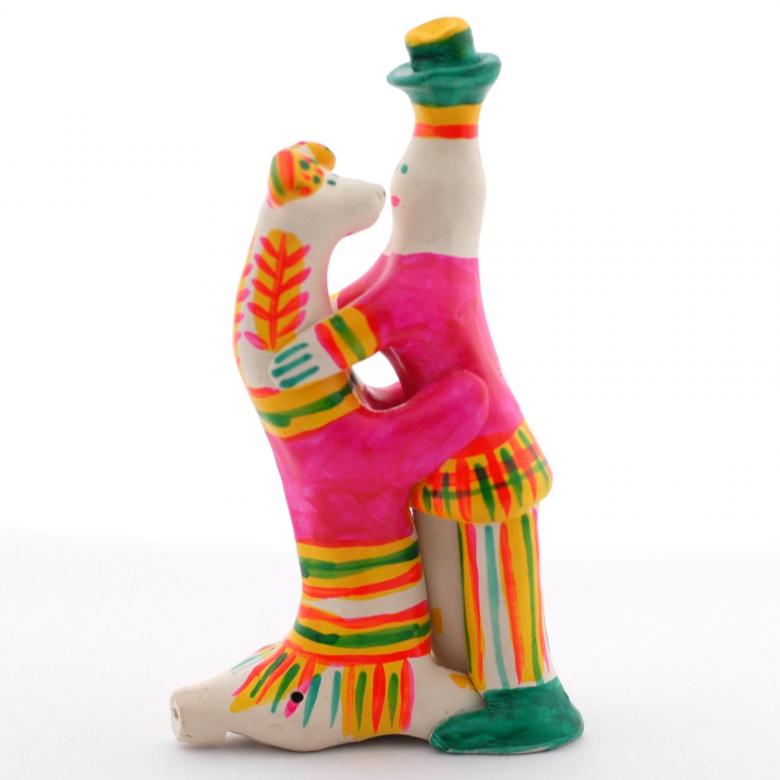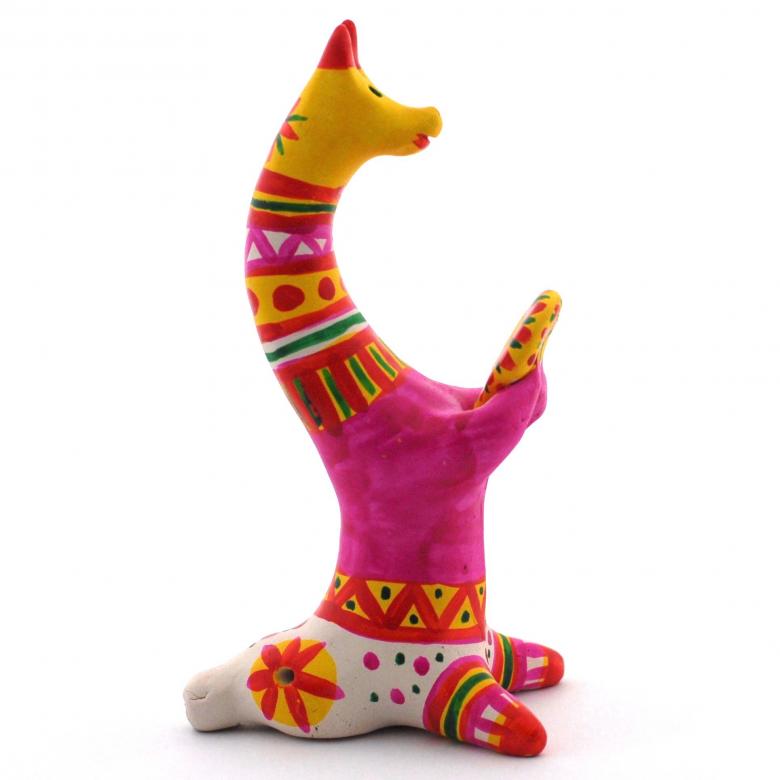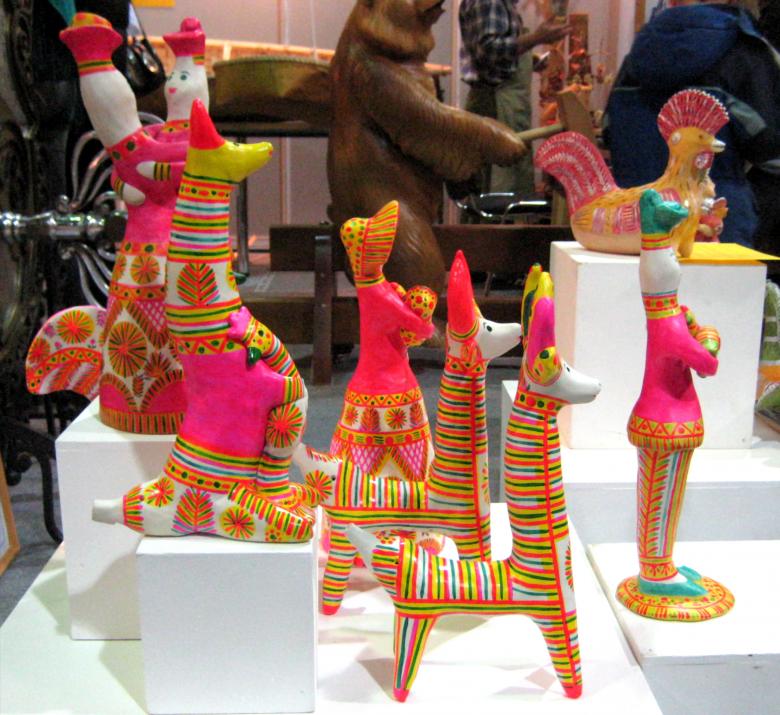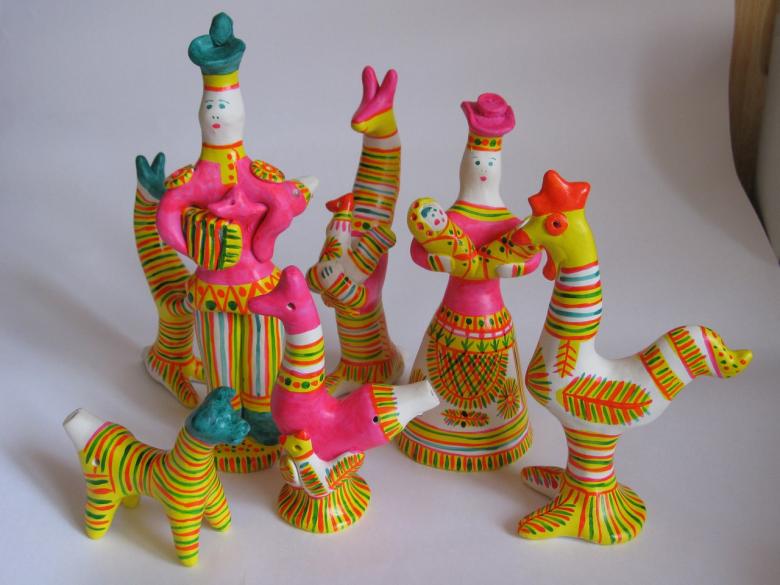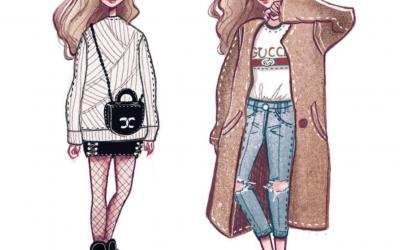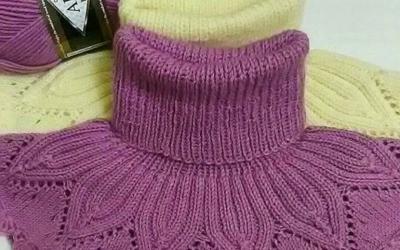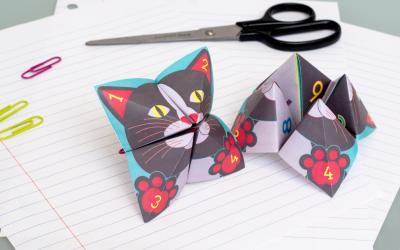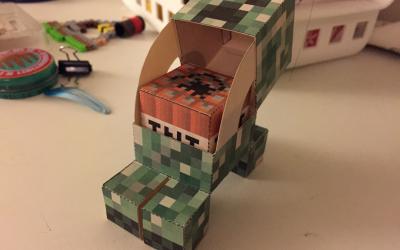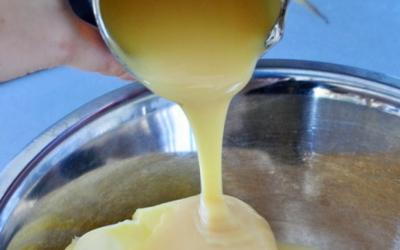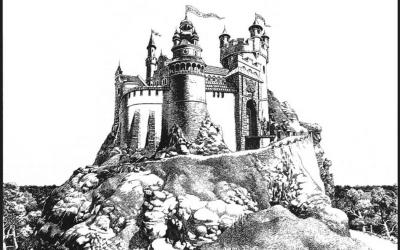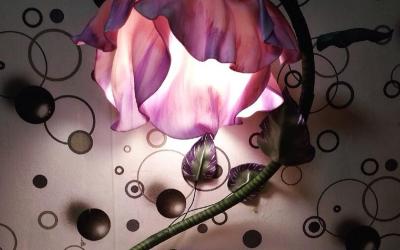Filimonovka toy: what it is and how to make it with your own hands
Somehow, in the 16th century, the farmer Filimon found an amazing clay near the settlement. The local land was infertile, unsuitable for cultivation. So the men were happy to take up pottery and sell pottery. All kinds of lids, bowls, vases, cups, plates with carts were transported to the nearby town of Odoyev and offered for sale at the fair. This is how the villagers fed themselves for centuries.
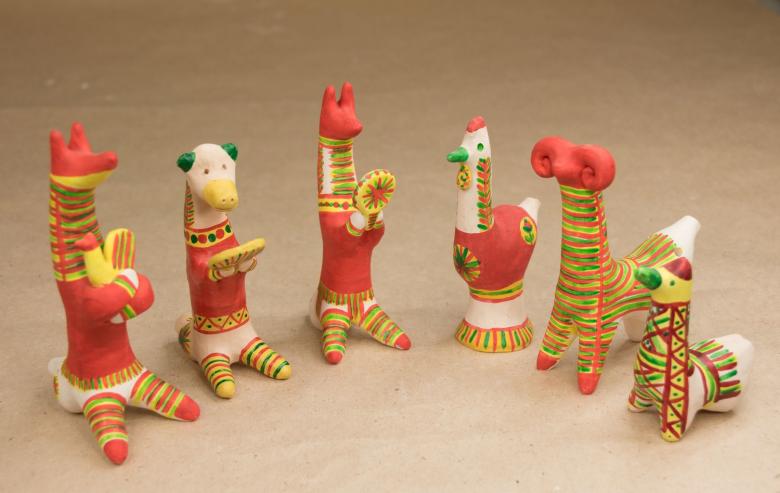
The remnants of clay local women began to use for molding unique whistles for the amusement of their own children. The female half of the village liked the activity of molding. They put as much sincere warmth into each handicraft as they wanted to pass on to the children.
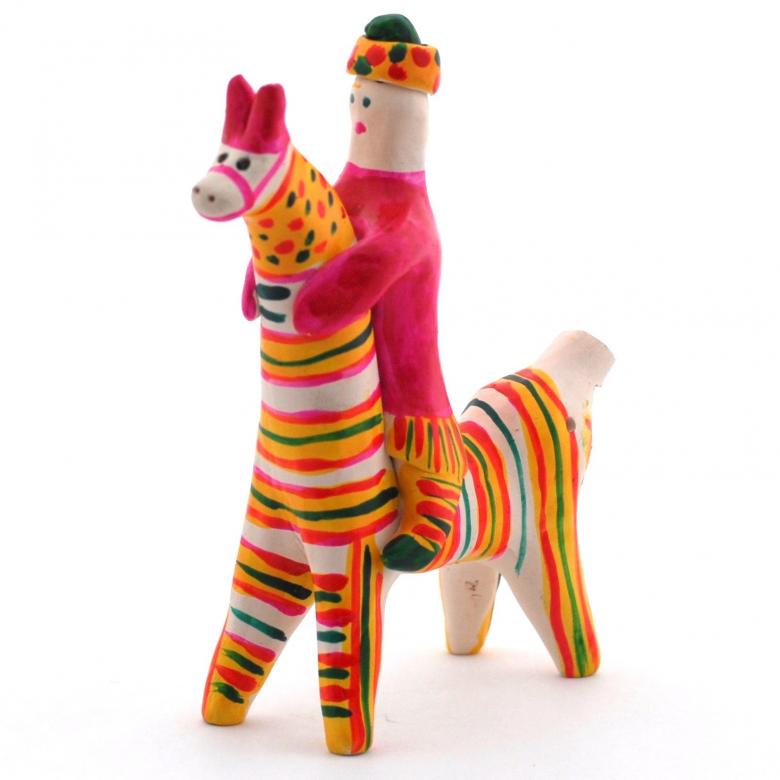
In the hands of women, fairy tale animals were gradually created. Goats with long necks, wolves with kind eyes, interesting "humpback horses". Modeled coquettish "ladies" holding ducks, gentlemen wearing hats with feathers, daring riders.
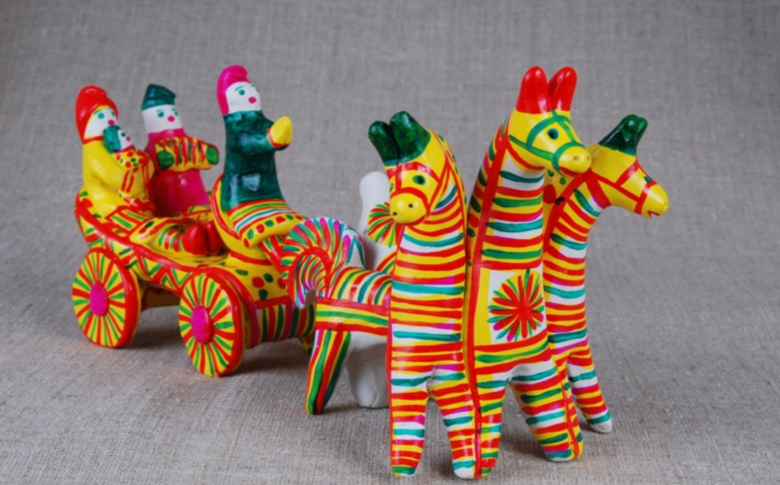
Artisans simply made toys from the remains of special clay, deposits of which were on the surface of the earth a thin layer. People called it "blue" because of its color. Surprisingly pliable plastic, when put into good hands - became a living creature.
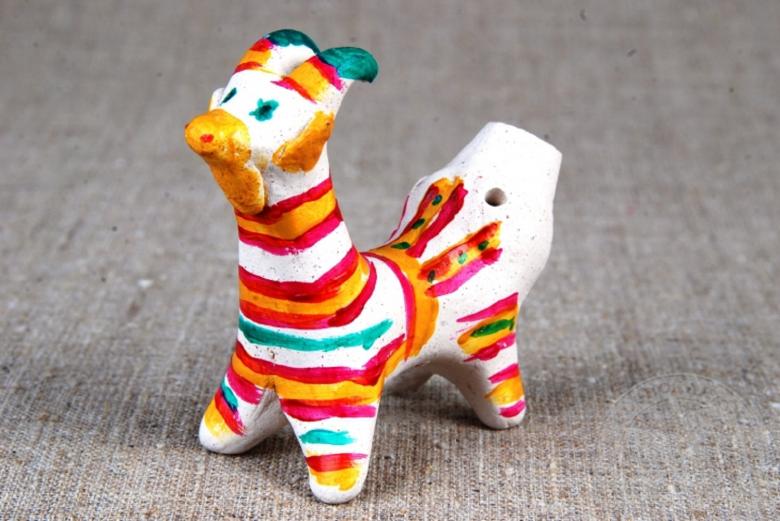
Filimonovskaya toy, which appeared in Tula Province in a small village called Filimonovo after the potter who found the clay, more than 1,000 years ago, exists today. The way of creating toys has not changed, and local craftsmen continue to pass their own skills to the younger generation.
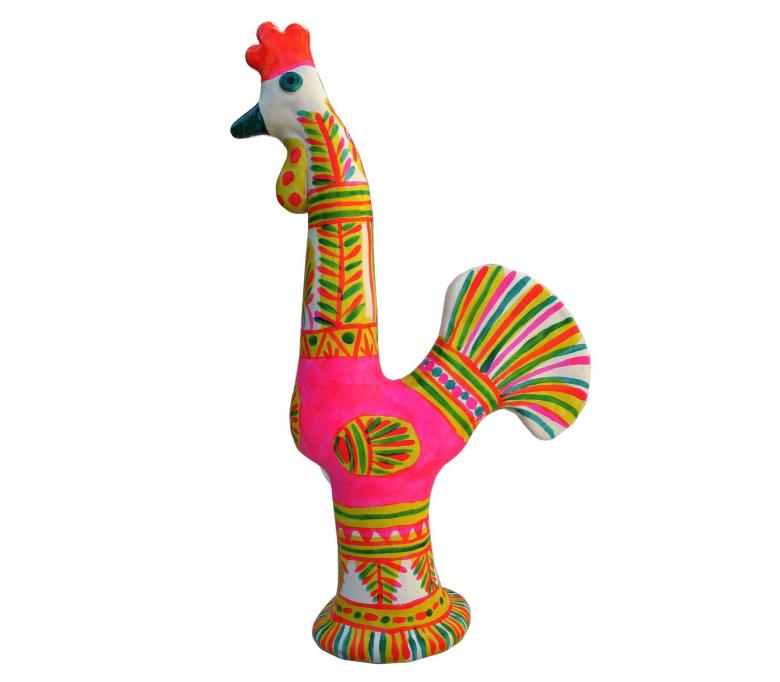
Types of toys
Beautiful whistles at first were given to children to play with, but then began to sell as well. Women were engaged in toy making, they began to learn the craft at the age of seven, even as girls. And the money they received for the whistles, put aside for the dowry of young craftswoman.
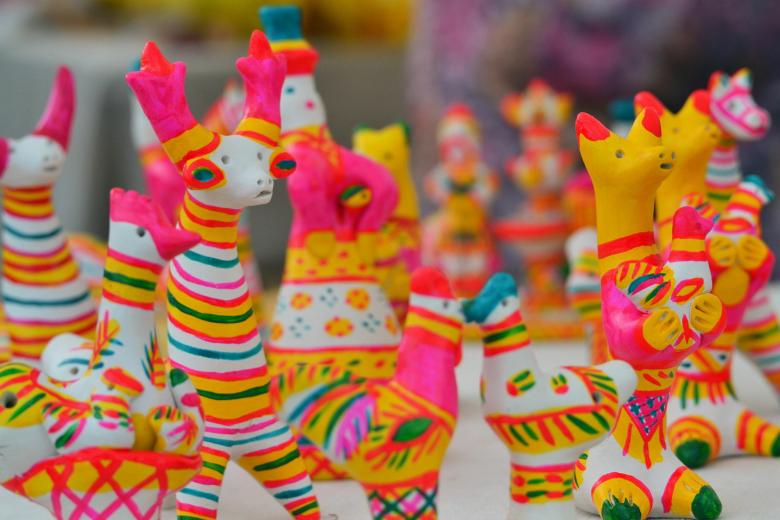
Filimonov toys are always whistles. They were shapes of animals or people. Often they created entire compositions of several characters. The form itself was simple, individual small body parts did not stand out. In general, the silhouettes of a young lady or gentleman had a narrow, short torso, which passed into wide trousers or a skirt.
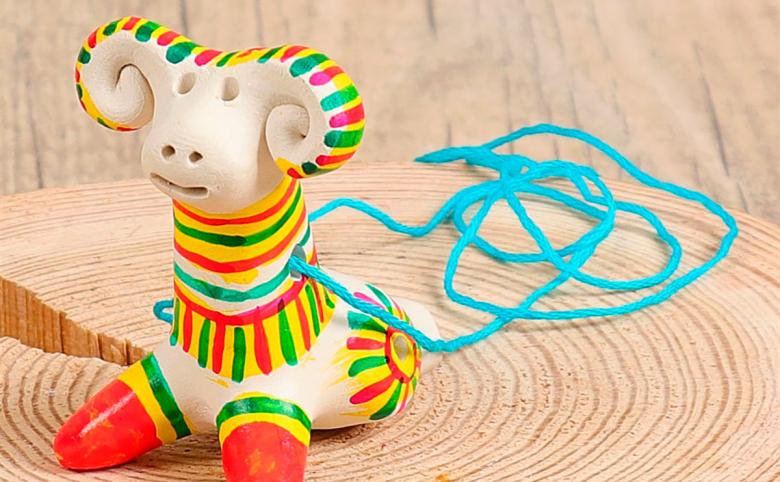
The conical head was comparable in width to the neck and was covered with a headdress - a scarf, a hat for female figures, a cap, a hat for men. In the hands of the lady sat a child or a bird's trumpet, while the gentlemen had a rooster or a goose.
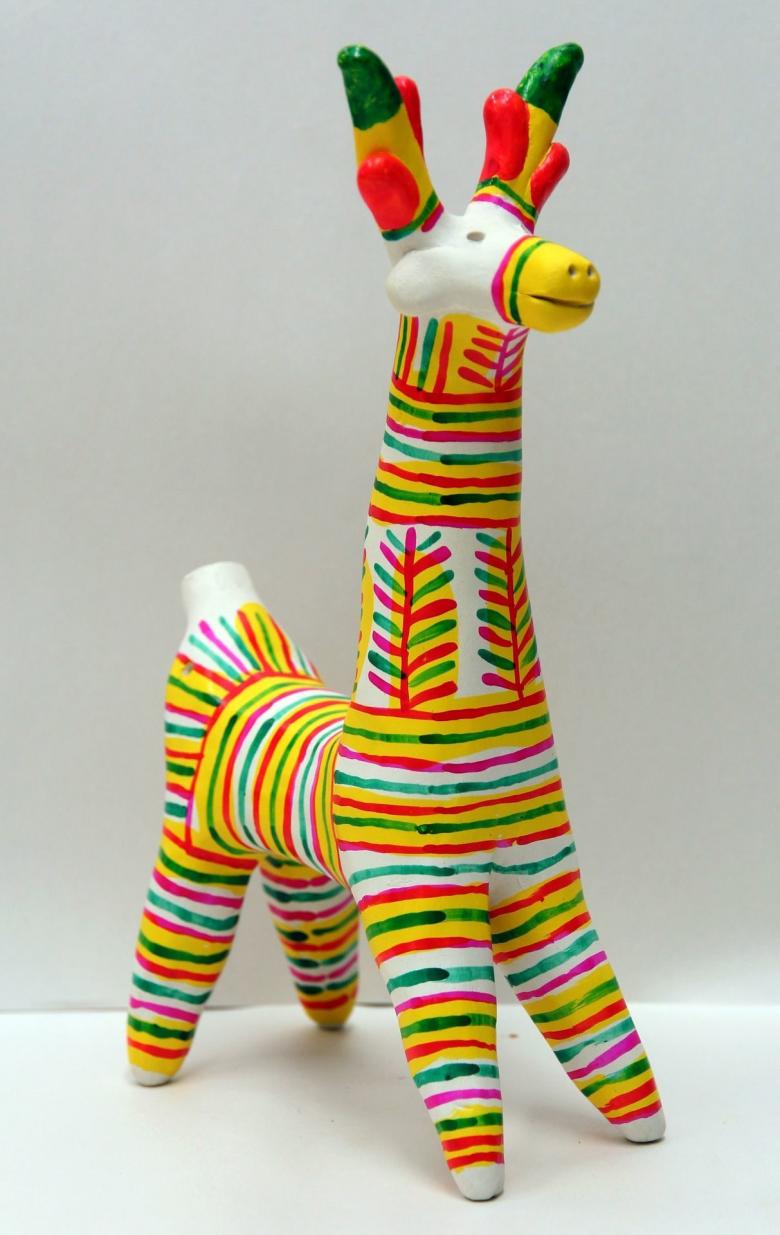
Of the animals, artisans most often created images of bears, horses, cows and deer. They were distinguished by a special kind of horns and ears, the other parts were equal: a narrow, long body with smooth kinks, beautiful legs, a thin neck and a small head.
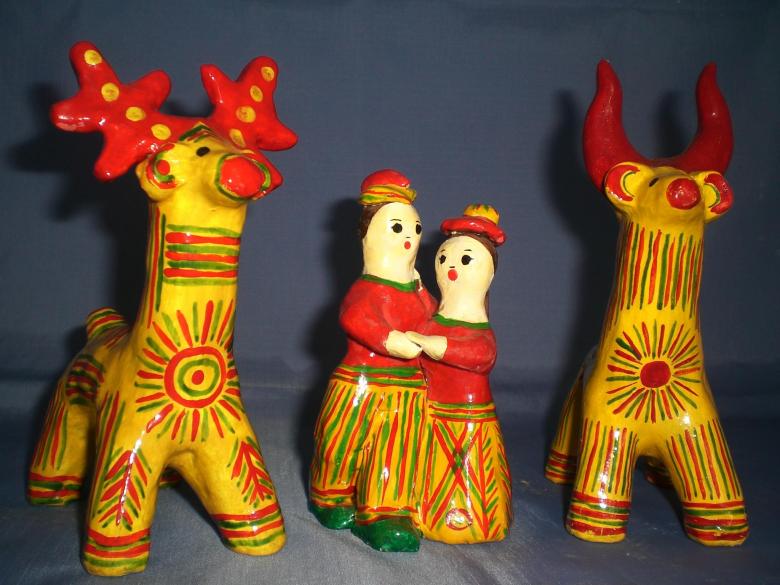
Images were also created in Filimonovo. The bear was seen as a symbol of power, and the woman as the animation of the great "nature" and as the mother-nurse, the continuation of the clan. A deer symbolized a successful marriage, so deer figurines were often given to newlyweds. Birds were helpers of Mother Earth, messengers of awakened nature. Cows were identified with fertility and promised farmers a rich harvest year.
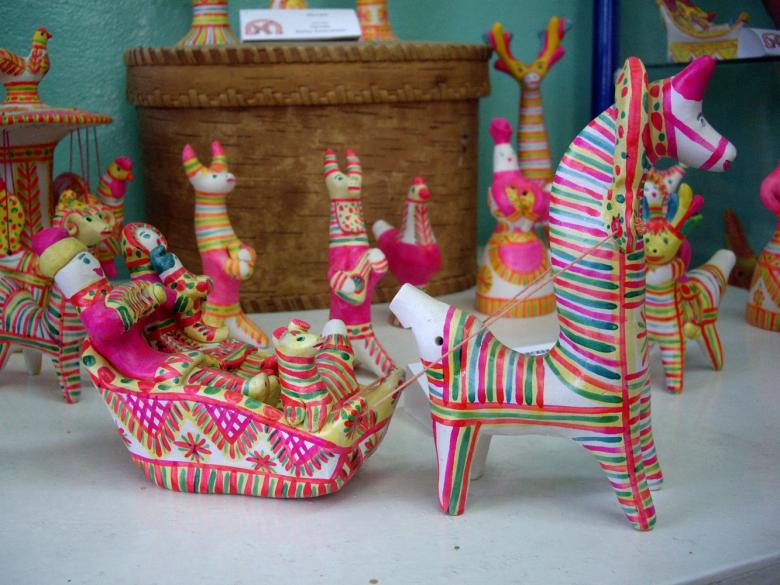
Method of formation
A specificity of Filimonov toys is the oblong shape and elongated symmetries. This shape was determined by the material that was used for modeling. However, the oily clay, which lends itself well to making the shape, settles and breaks down badly after drying.
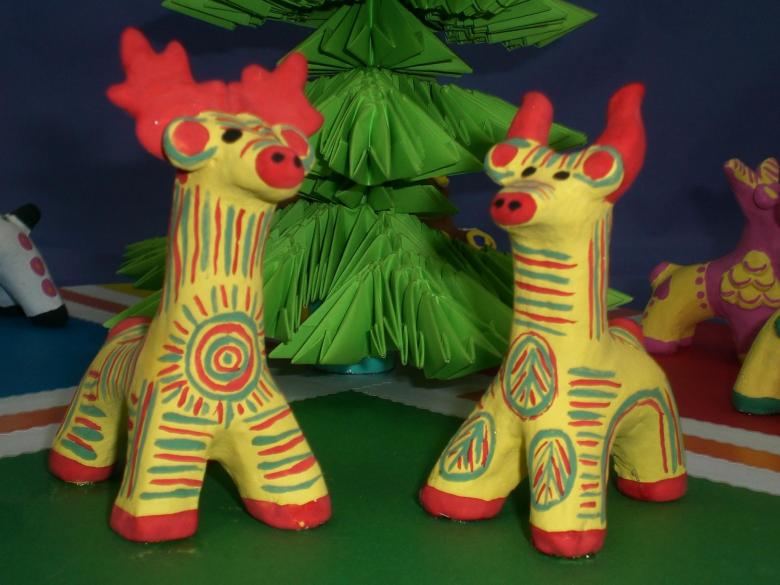
The skilled craftsmen had to correct the figure several times and pull it to remove the unevenness with cracks. Thanks to the peculiarities of the substance, the signature image of the Filimonov toys appeared.
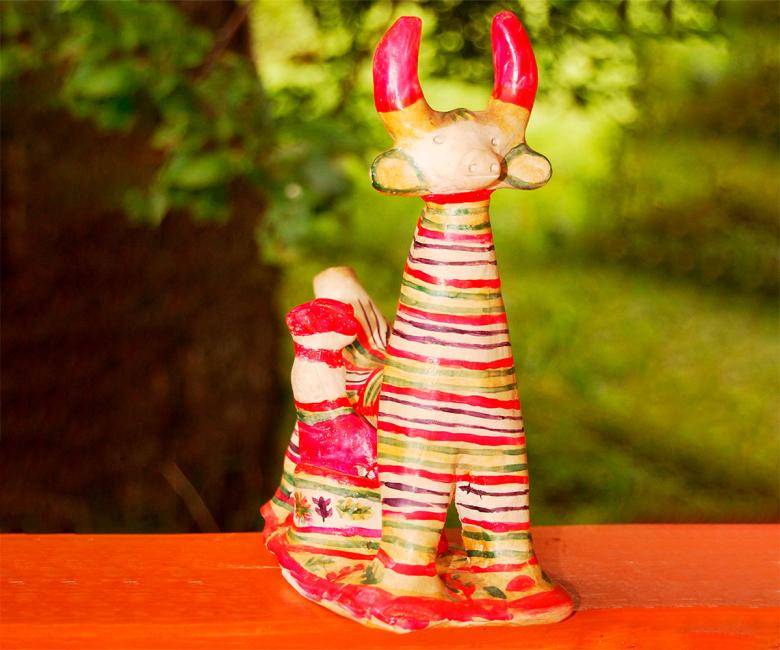
Stages of a toy's creation:
- First, a preliminary silhouette of the figure was formed. Masters planned where the head, torso and legs would be. If a person - then he stood, animals - sat on four legs or stood, then the form was aligned, the excess material was removed.
- The next step was the work of correcting, smoothing and adding detail. The fired dark-colored clay took on a white-pink color, which allowed for the subsequent application of various colors without priming.
- At the final stage, they began to paint the workpiece. Popular craftswomen worked with goose and chicken feathers, which made it possible to create thin and uniform stripes. The paint under the feathers was perfectly applied to the clay workpiece.

Filimonov toy painting
The set of colors was quite thin - most skillful women chose three colors: yellow, red and green. Rarely were chosen blue and purple. Painting was done in a certain order:
- First the spots were painted in yellow;
- then the patterns were continued in red;
- and green was added last.
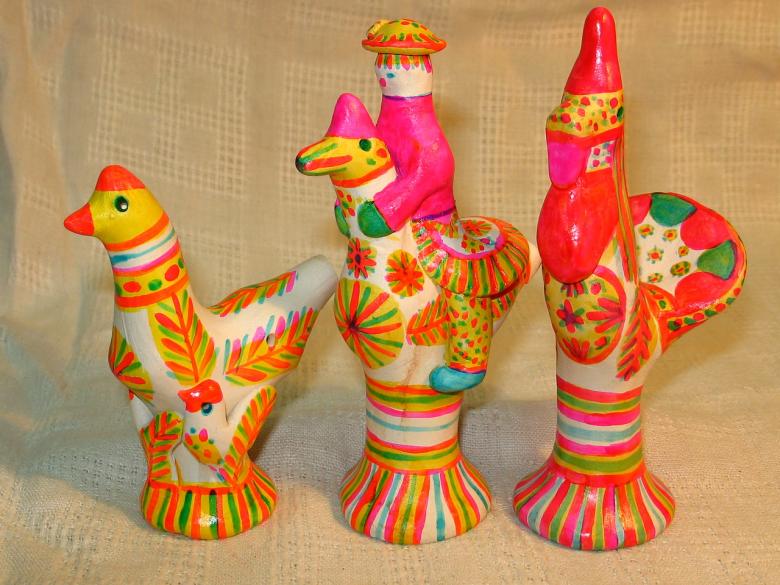
Artisans began to draw patterns from the center, moving smoothly along the edges. The drawings were simple and unpretentious: herringbone, colored stripes, geometric figures, stars. Floral mosaics - leaves, sun, twigs, berries, flowers - were predominant.
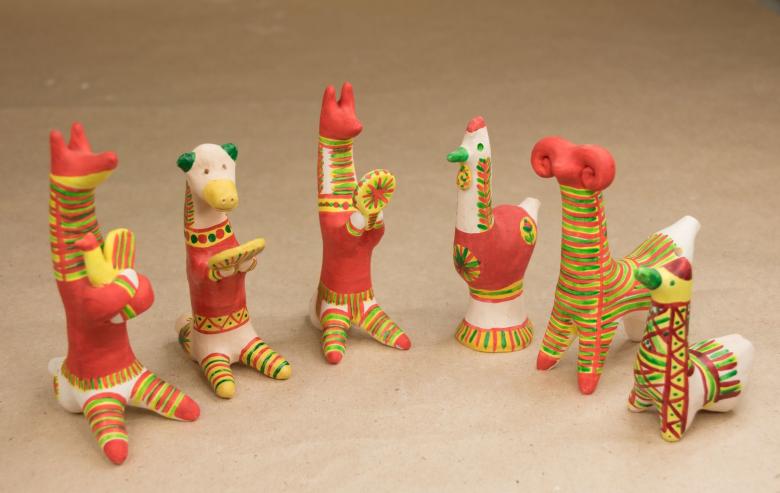
Despite the scarce colors, all of Filimonov's products were bright and ornate. Children loved colorful toys that could whistle loudly. These models were considered souvenirs for adults, although residents believed that the Filimonovo toy could bring prosperity and happiness to the home.
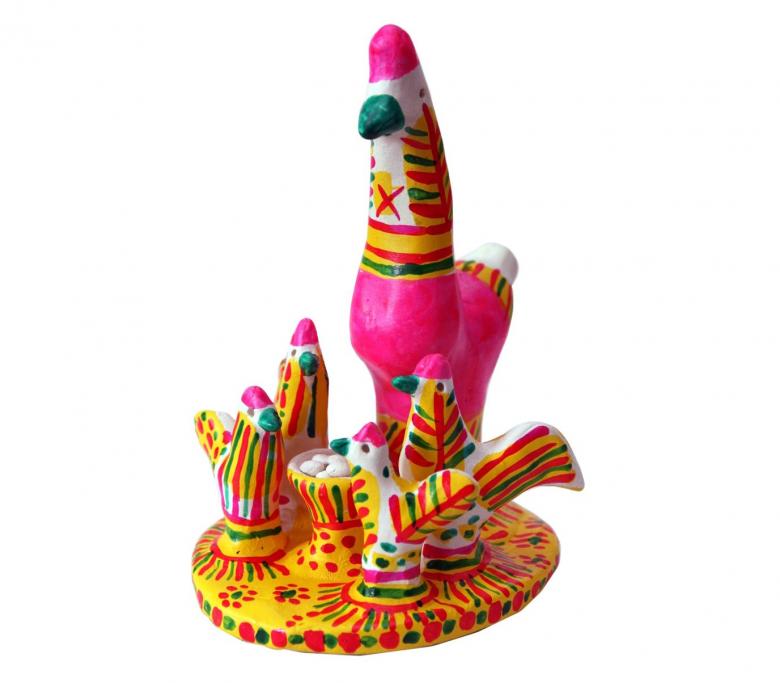
One can remember the birchbearers of Vyatichi. A symbol of the good beginning of life, the foremother of all things on earth, protecting the family from misfortune. Ancient amulets were associated with birds, and the "ladies" from Filimonov usually held a duck in their hands. If necessary, even a person far from art can easily find common features in plastic pearls and Filimonov's "lasses".
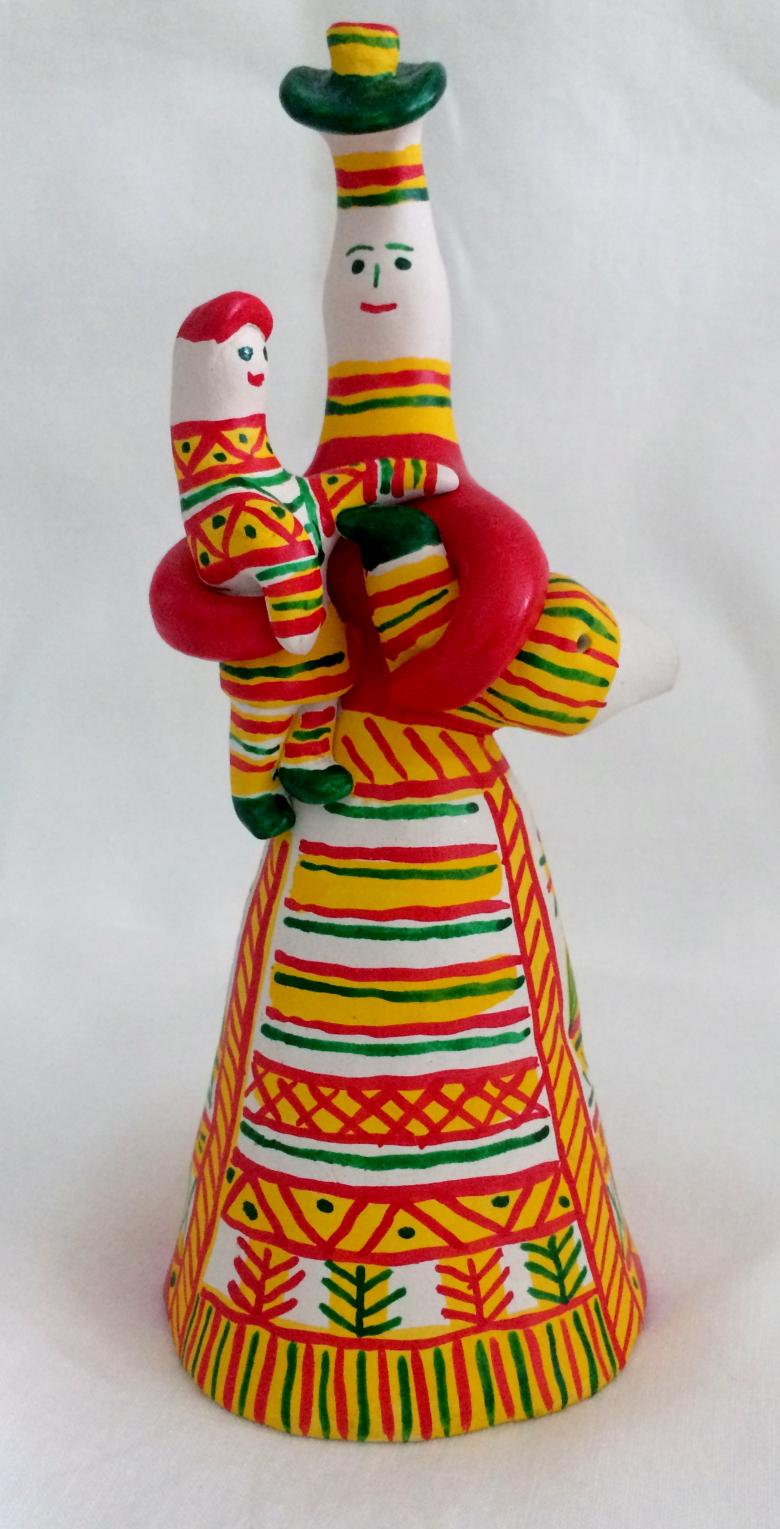
Musical toy made of clay carried a certain semantic image and effect of magic. The female figure was the embodiment of the pagan deity of fertility, the figure of a rider or horse symbolized the divinity of the sun, the deer - wealth, the ducks - "earthly and heavenly" water. Pendants or magical clients: horse - home, bear - forest.
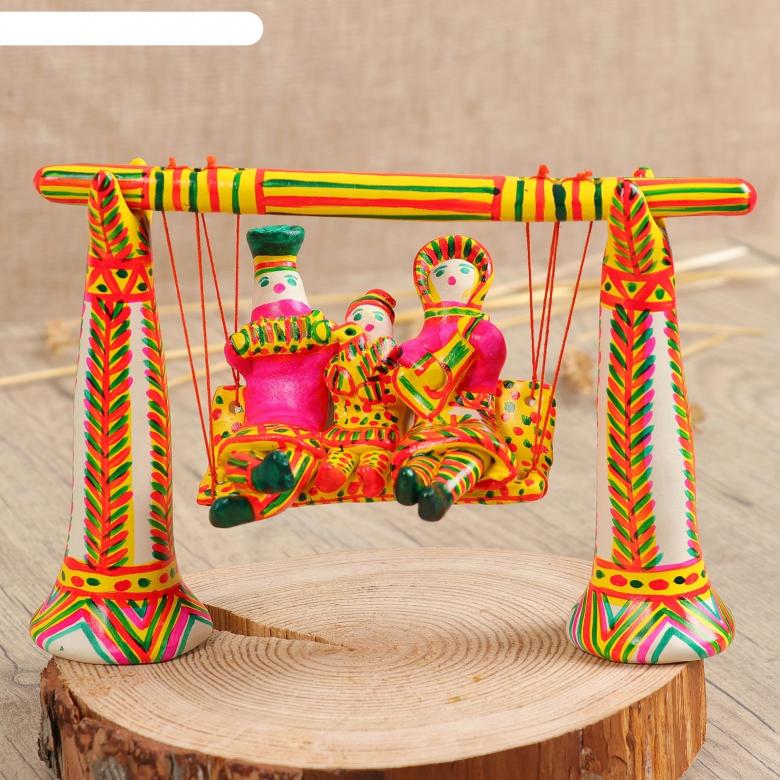
The Slavic tribe had long defied the influence of their neighbors and the church. They were among the last to adopt Christian ceremonies. Therefore, we can assume a direct change of Philimonovsky whistle from the shores of the ancient Vyatichi. But why only from the coast? The riddles include popular depictions of a "horse" - the symbol of the sun, a "wolf" - the dog of the heavenly ruler, and a "rooster" - the pursuer of evil spells.
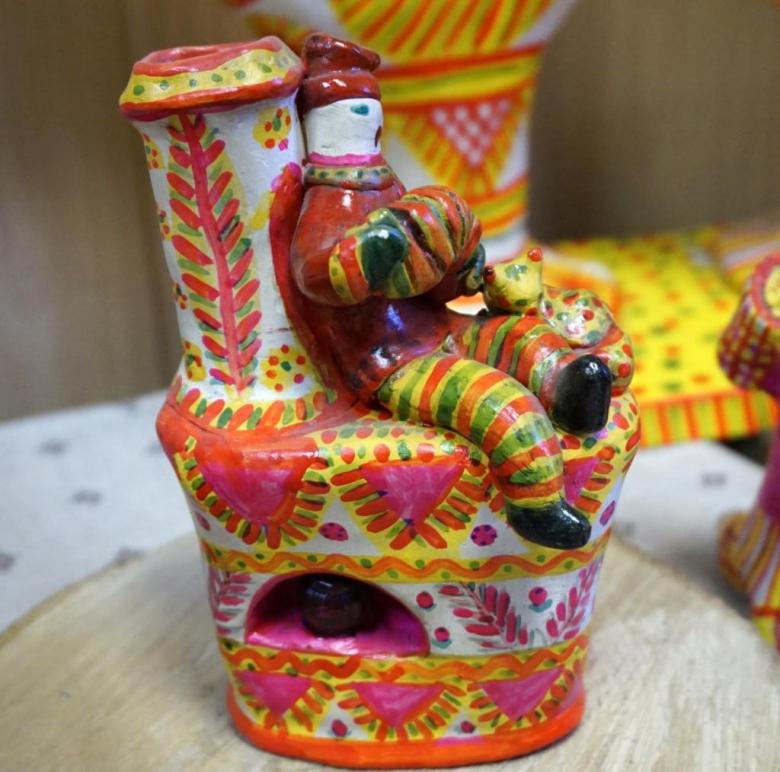
Although the subject matter for the poteshkas began to be painted much later, the color shades of the paintings had ancient Slavic magical and symbolic meaning: red - the color of the sun, green - life, white - harmony, blue - the heavens.
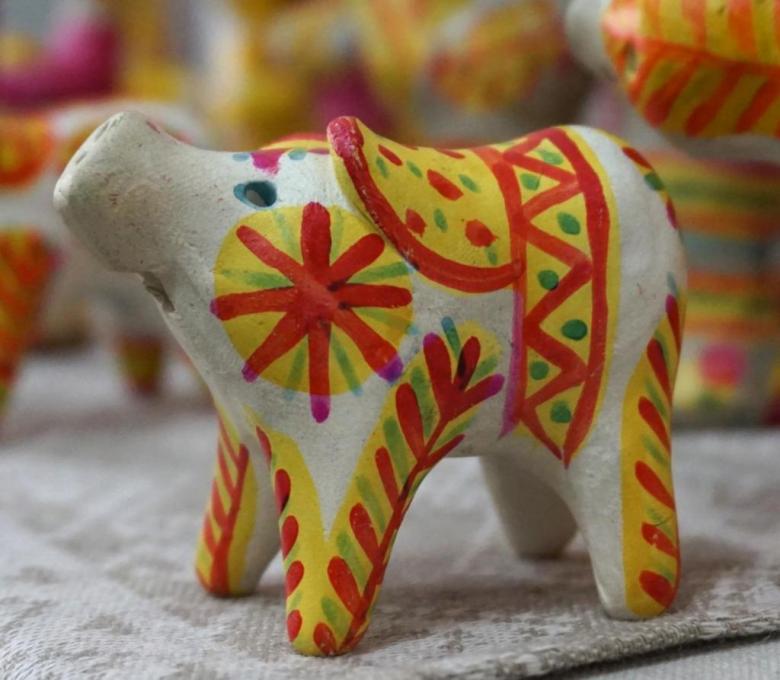
The whistles of the Filimonov artisans contain the natural grace so characteristic of the Russian soul.


